The park is 3,200 acres of natural beauty not far from Atlanta, GA. There are 15 miles of hiking and nature trails, fishing in the 363-acre Stone Mountain Lake, and two golf courses with pro shops. Accommodations include the Stone Mountain Campground (tent, RV, yurt, and rental trailers), Atlanta Evergreen Marriott Conference Resort, and Stone Mountain Inn. There are multiple restaurants, cafes, and snack concessions in various locations throughout the park, although we brought our own picnic lunch as do many other visitors. There is a wide array of activities, exhibit halls with historical and environmental displays, and the popular Lasershow Spectacular (scheduled for specific nights).
Various packages are offered (www.stonemountainpark.com) for those planning a vacation here. We visited for just one day and paid the vehicle entry ticket fee of $15 (you can get an annual one for $40). This provides access to public picnic areas, hiking/nature trails, the Walk-Up Trail (to the top of Stone Mountain), playground, the Quarry Exhibit, Confederate Hall Historical and Environmental Education Center, and the Lasershow Spectacular (it was not scheduled on the night we visited).
Our first stop was the Walk-Up Trail. I thought dogs were permitted on all trails, but we learned pets are NOT permitted on this trail. We took our sweet doggie, Sadie, back the car (it was a cool day and the car was parked in the shade with a nice breeze). The trail is one-mile to the top of the mountain (so 2 miles round trip).
There was a fantastic view of downtown Atlanta as we ascended the mountain.
We had to stop several times on the hike up to catch our breath (the mountain is 1,686' above sea level).
There were several times when we thought we were at the top, but there was just more rock to climb!
The Summit Skyride takes you to the top of Stone Mountain in a Swiss cable car (for a fee). We chose to hike to the top instead.
There is a concession and gift shop in the same building as the Skyride station at the summit. Display panels provide information about the formation and ongoing erosion on the mountain. Note the changes to the park from 1955 to 2004.
We explored the area at the top taking in the expansive views. On a clear day, you can 60 miles from atop Stone Mountain.
A fence has been constructed to keep careless visitors from falling!
John and I were both fascinated with the rock pools that we saw at the top. The depression in the granite is caused by erosion. Unique clam shrimp survive in these pools that appear and disappear depending on the weather. Their eggs can lie dormant for years and then start to grow when the conditions are right. Similar characteristics enable several types of plants to grow on the rock pools as well.
Two more sights we saw on our way back down the mountain are shown here. This church steeple in the distance was so picturesque. Near the foot of the Walk-Up Trail is this flag display. The flags are a short distance from the Confederate Hall Historical and Environmental Education Center.
We had parked in the Walking Trail parking lot (you can also park in the Confederate Hall lot), so returned there to let Sadie enjoy some frisbee time.
Our next stop was Confederate Hall, just a short distance from the Walking Trail lot. Shown below is the front of the building that was originally an administrative building and exhibits about the Civil War in Georgia (including a large diorama). The entrance is in the rear. The display shown below is a 3-D fiberglass map that shows Civil War activity in the state with a small diorama at the bottom that uses the restored figures of the original one. A 24-minute video, Battle for Georgia, is shown every half hour in the theatre here.
Today the galleries educate guests about the geology and ecology of Stone Mountain. Interactive science exhibits keep things interesting.
Stone Mountain originally formed deep within the earth when continental plates collided and pooling magma crystallized into granite over time.
During the Carboniferous Period (359 to 299 million years ago) a huge continental collision created the Appalachian Mountains. This life size cave was pretty cool.
Magma that hardens underground is called an intrusion (this is what Stone Mountain is). When the magma rises to the earth's surface (as in a volcanic eruption), it is called an extrusion.
Over a period of about 235 million years, the 8 to 10 miles of earth above the intrusion eroded leaving the hard, resistant granite outcrop that is 800' tall. The erosion process will continue. This type of mountain is called a monadnock (my new word for the day!)
The ecology exhibit was as interesting as the geological one. The quote in the final photo sums it up!
Following Robert E. Lee Boulevard (that encircles the park), we returned to the area near the Main Gate to get a good look at the famous Confederate Memorial Carving on Stone Mountain. The terrace at Memorial Hall is likely the best spot to view it.
Featuring Confederate President, Jefferson Davis, and Generals Robert E. Lee and Thomas Jay "Stonewall" Jackson, it is the largest high relief carving in the world. It was carved by many artisans beginning in 1925 and completed in 1970.
The idea for the sculpture was initiated in the early 1900s and was eventually sponsored by the United Daughters of the Confederacy in 1915. The renowned sculptor, Gutzon Borglum, was selected for the job. His original design was to carve hundreds of soldiers on the face of the mountain led by Davis, Lee, and Jackson on horseback. It was, of course, never realized, but the concept of the three figures on horseback did.
Borglum began the carving in 1916 but was delayed due to WWI until 1923. He completed the head of Lee, but got into a bitter dispute (1925) with his sponsors. He left in a rage, destroying his design models. (He subsequently carved Mt. Rushmore in South Dakota). Augustus Lukeman was selected to replace Borglum. Lukeman designed a new head for Lee and blasted Borglum's work off the mountain. After three years, the carving was only partially completed and the work halted again.
In 1958 Stone Mountain Park was established and plans were made to complete the carving. The third, and final sculptor, Walter Hancock, was selected and work resumed in 1964 with a new technique utilizing thermo-jet torches to carve the granite. It was dedicated by President Nixon in 1970. Today one of the best views of the carving are during the SkyRide.
The sculpture measures 160' by 76' tall and covers three acres of the mountain face. Below is a comparison to other large monuments.
Full size replicas of some parts of the carving on are display in the museum at Memorial Hall. They include Lee's collar and stars; the bridle on Davis' horse, Black Jack; and the part of the head of Black Jack.
The Museum at Memorial has galleries that feature artifacts from the generations of people that have lived on the mountain (for the last 10,000 years) including displays about settlers, the Civil War, and local quarrying operations.
We continued east on Robert E. Lee Blvd to a parking lot near the Quarry Exhibit and Grist Mill. The outdoor display of the quarry is one of the locations where granite was removed from Stone Mountain between 1854 to 1978. In fact, over 7.5M cubic feet of granite has been quarried and shipped all over the US and internationally. Because of the remarkable strength and durability of the granite, it has been used for buildings, paving, and monuments (including the Fort Knox gold depository, Panama Canal, and the foundation of the Lincoln Memorial.
A large portion of the mountain (an acre in size called a ledge) would be broken away from the mountain by blasting. Then smaller pieces were cut; many similar to the one below that weighs 66,000 pounds. Quarry workers would hammer wooden wedges into cracks and pour water on them to expand the wood resulting in a split in the rock, before steam drills were invented.
Stonecutters worked in sheds similar to the one below to cut the granite into sizes that could be used for construction or monuments.
Two finishing plants were used to put a sand or polished finish on the stone.
It was backbreaking work and brutally hot in the summer in the summer at the quarry. in the summer. Those who shaped the stone were paid the highest wages ($1/hour in the 1920s).
The 100-year old Grist Mill is located on Stone Mountain Lake. The building is not open but there is a walkway so you can walk around it to get a better look at the wheel.
For additional information about attractions, fees, hours of operation, and vacation packages, visit their website at www.stonemountainpark.com. This is a great family vacation destination with something fun for everyone. There is so much more to see and do here beyond what is covered in this post!


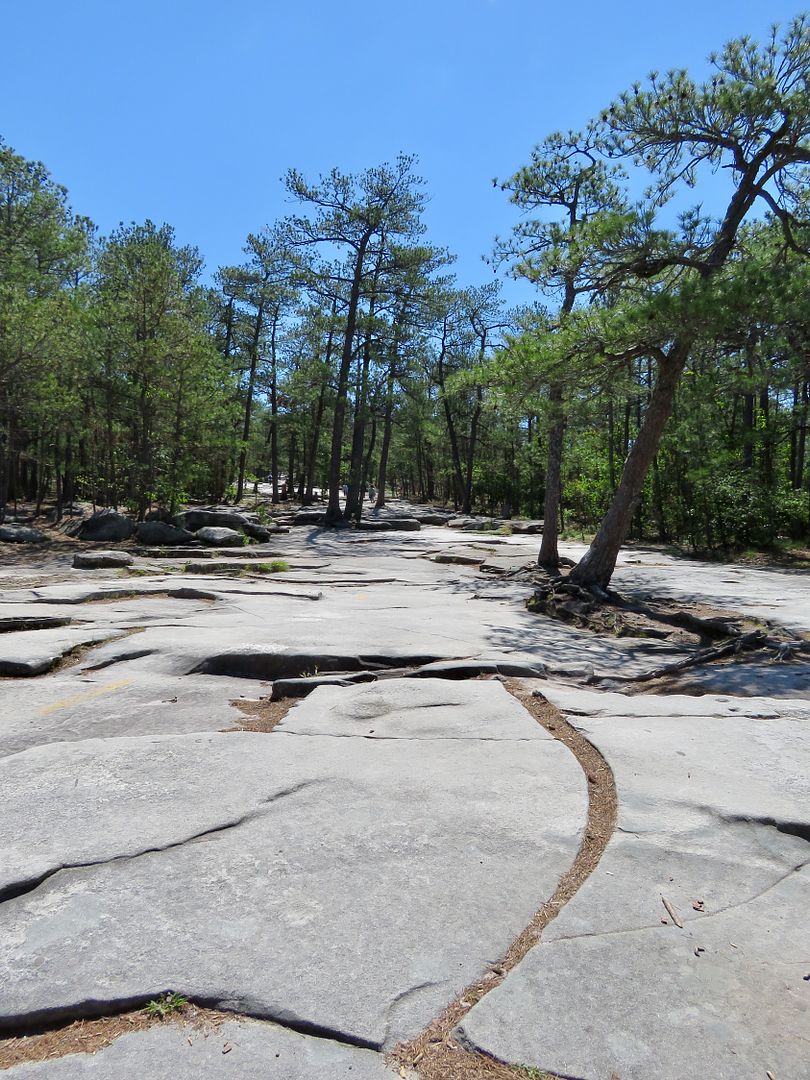

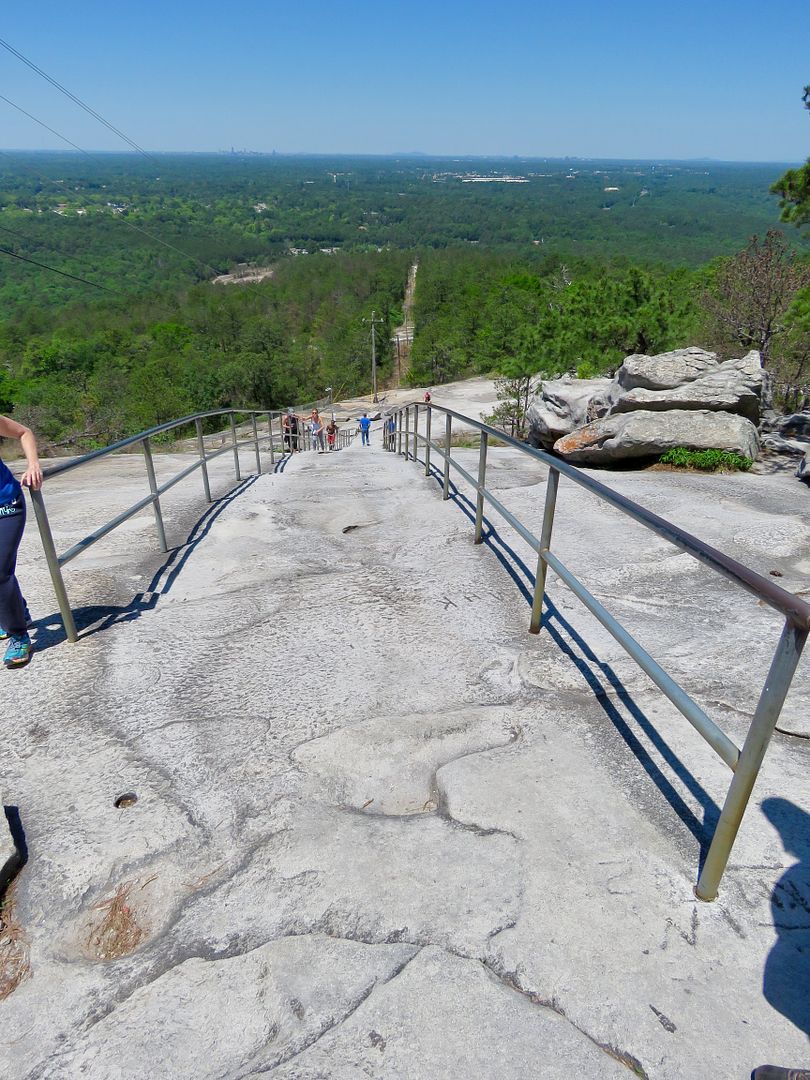
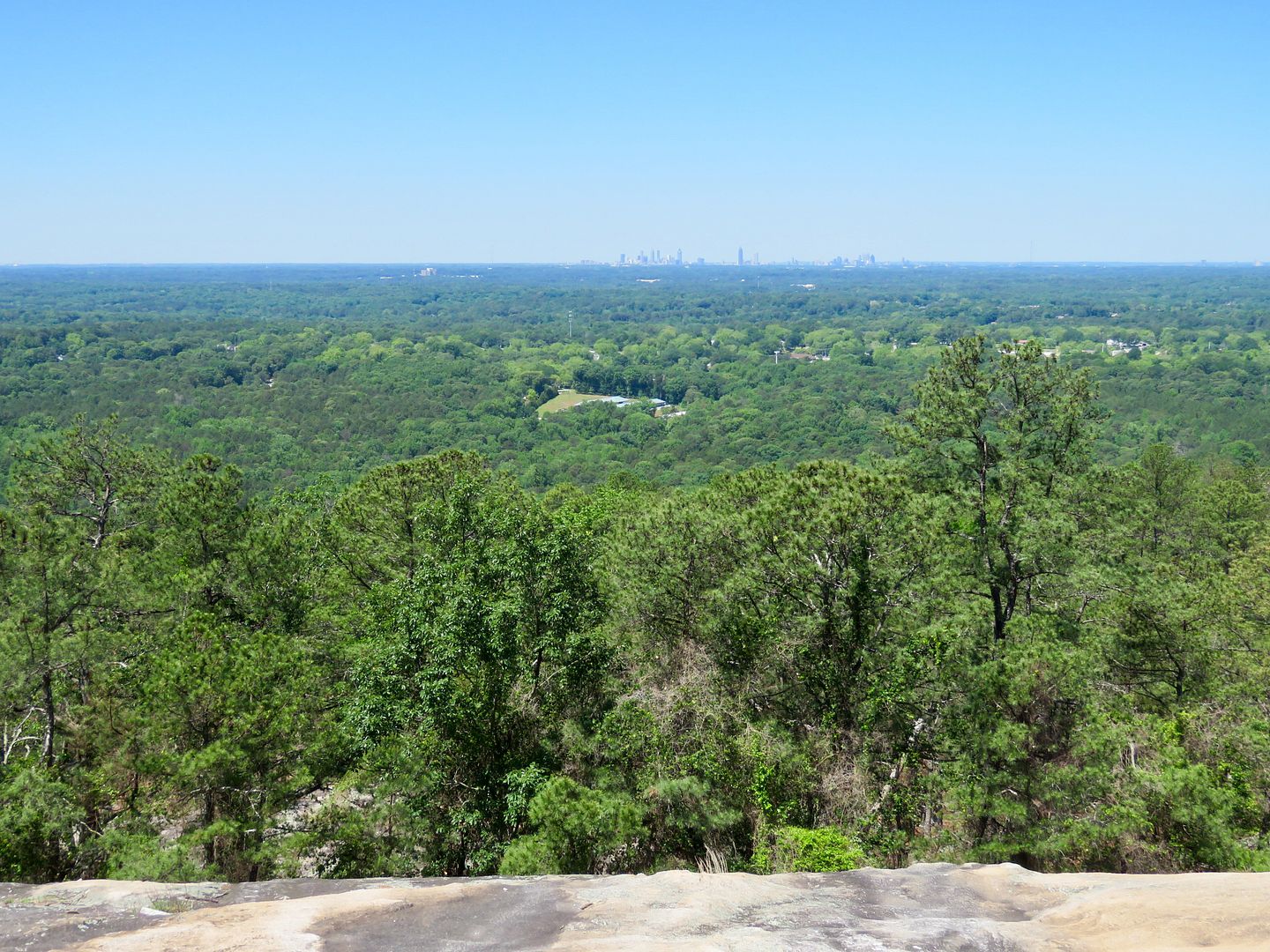
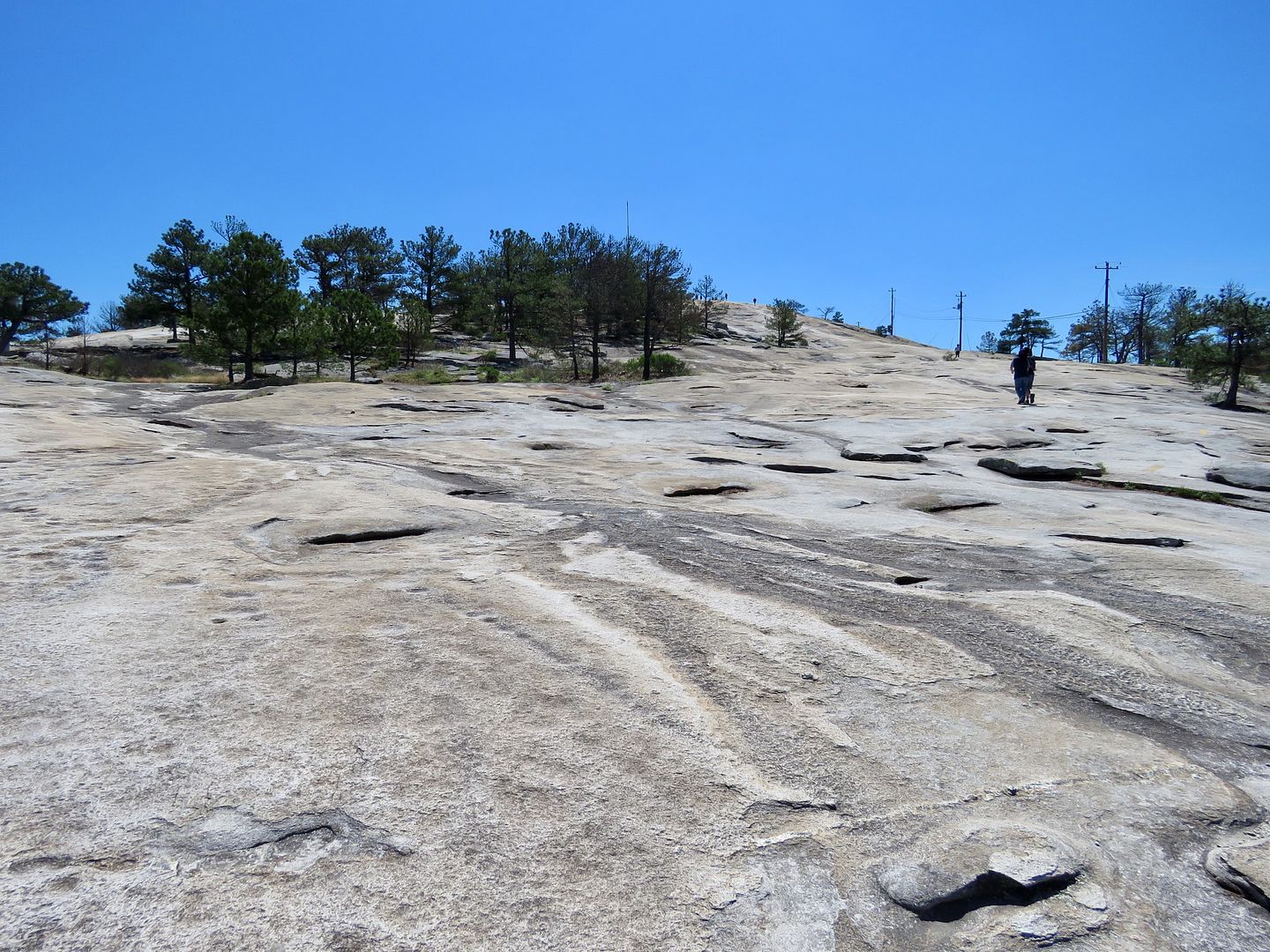
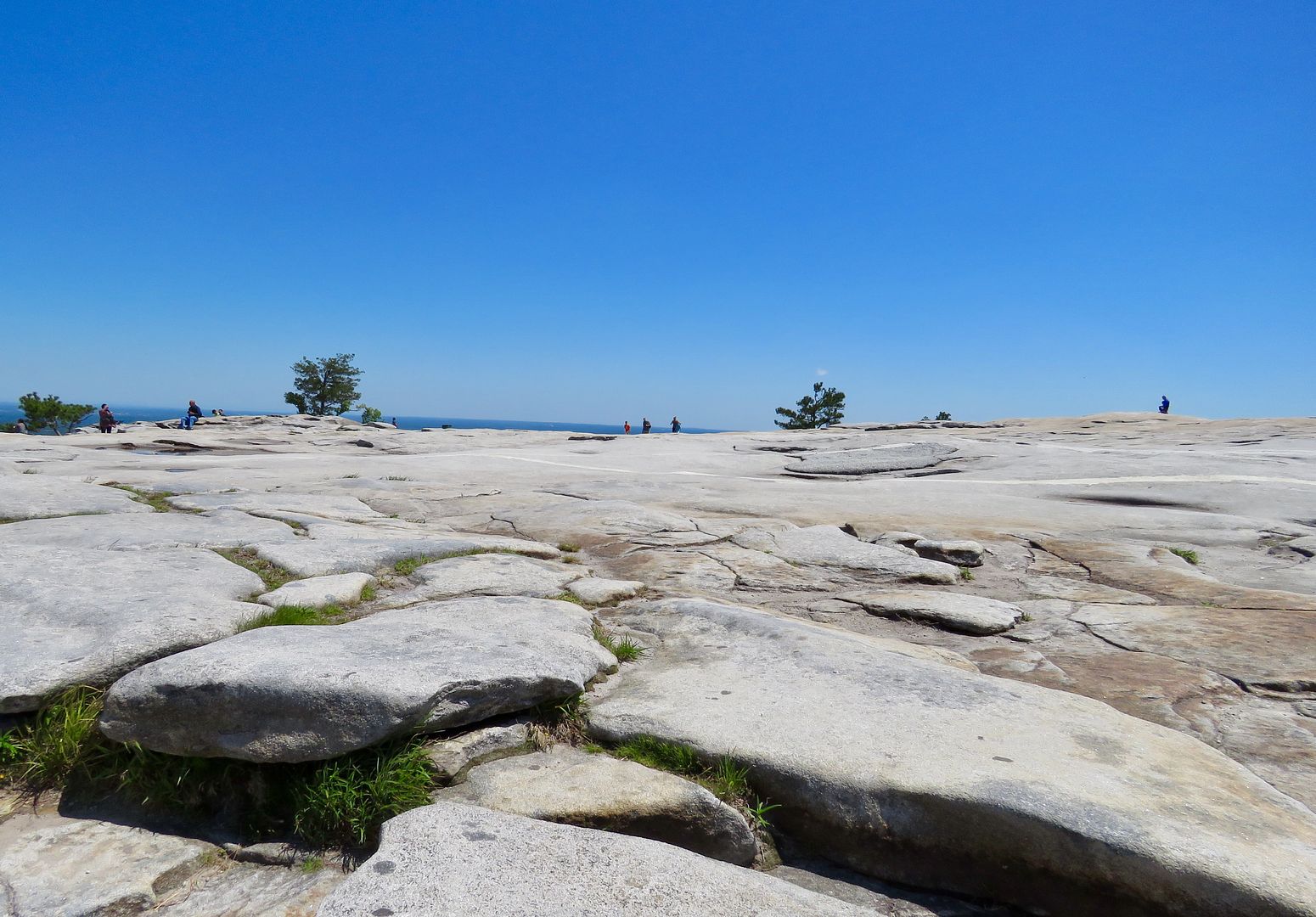
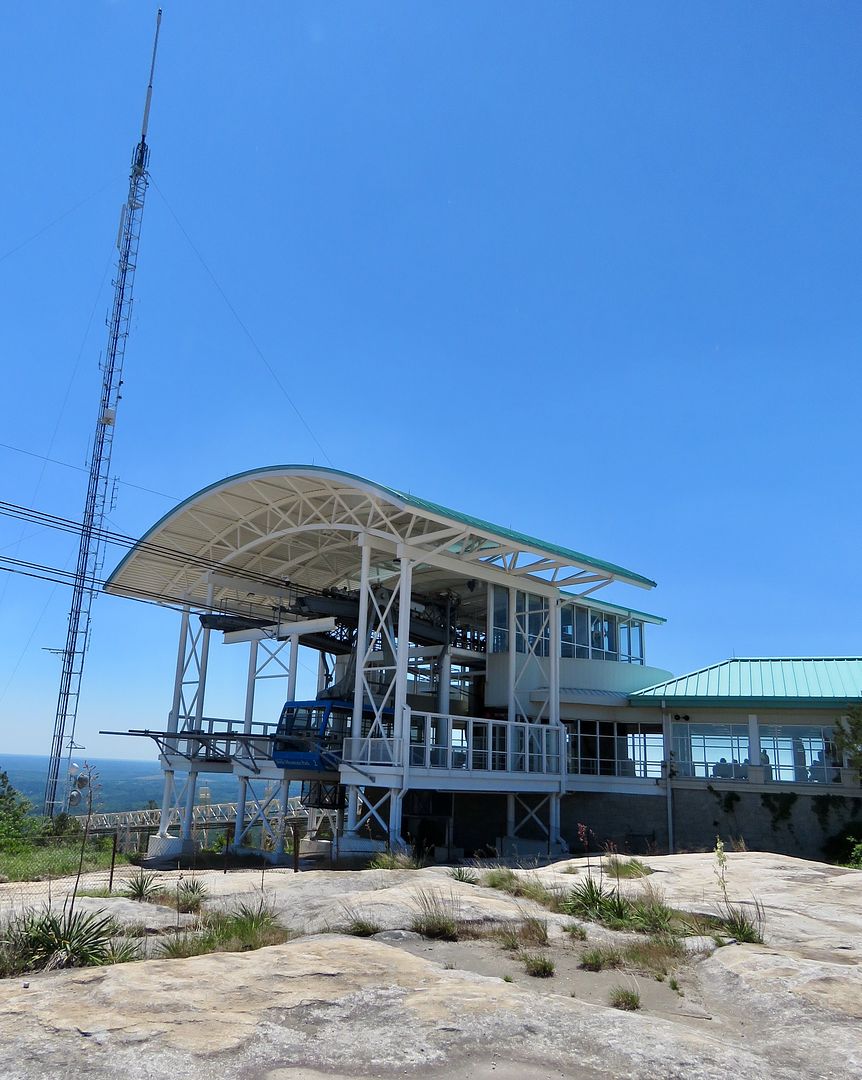

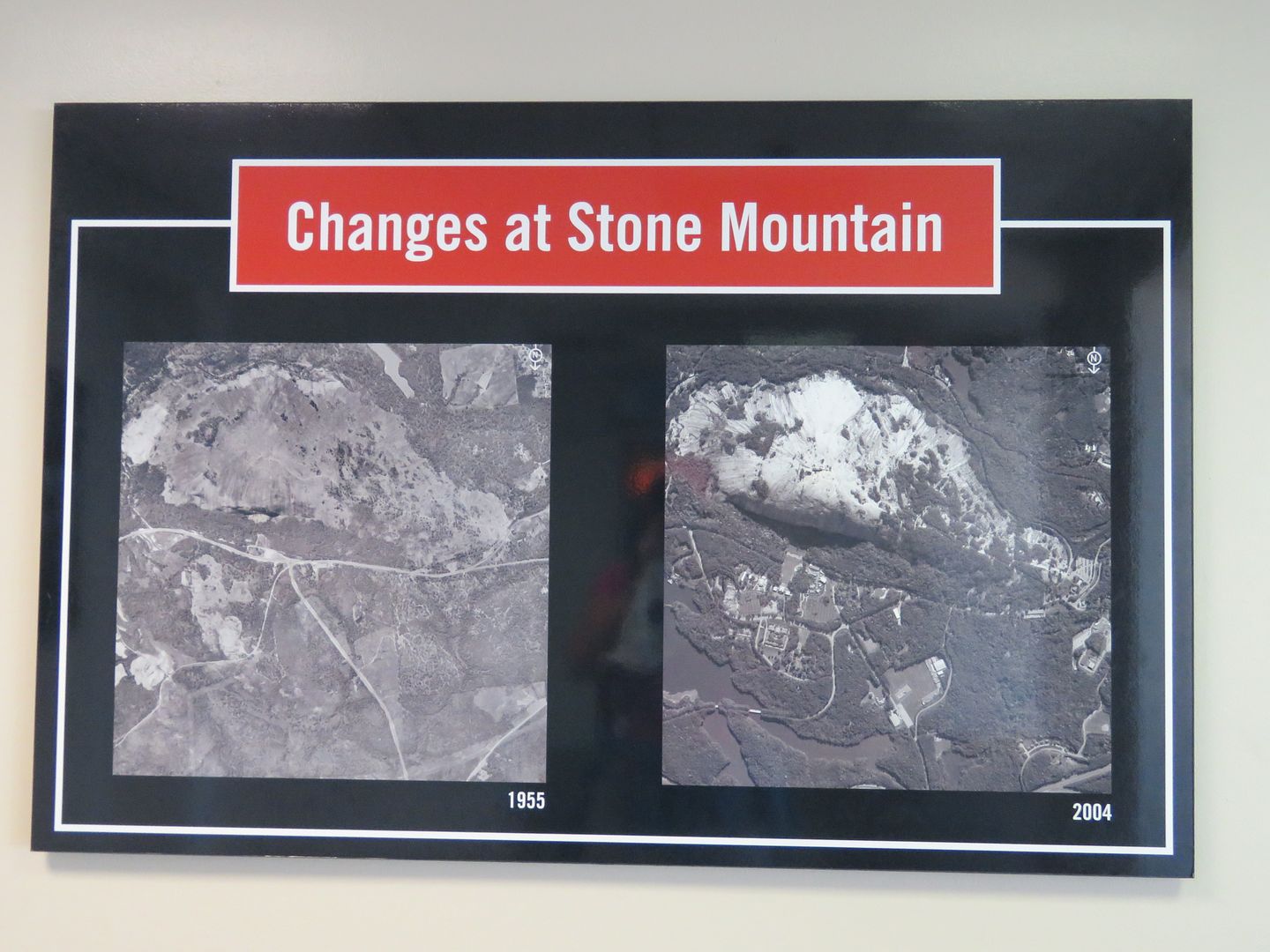
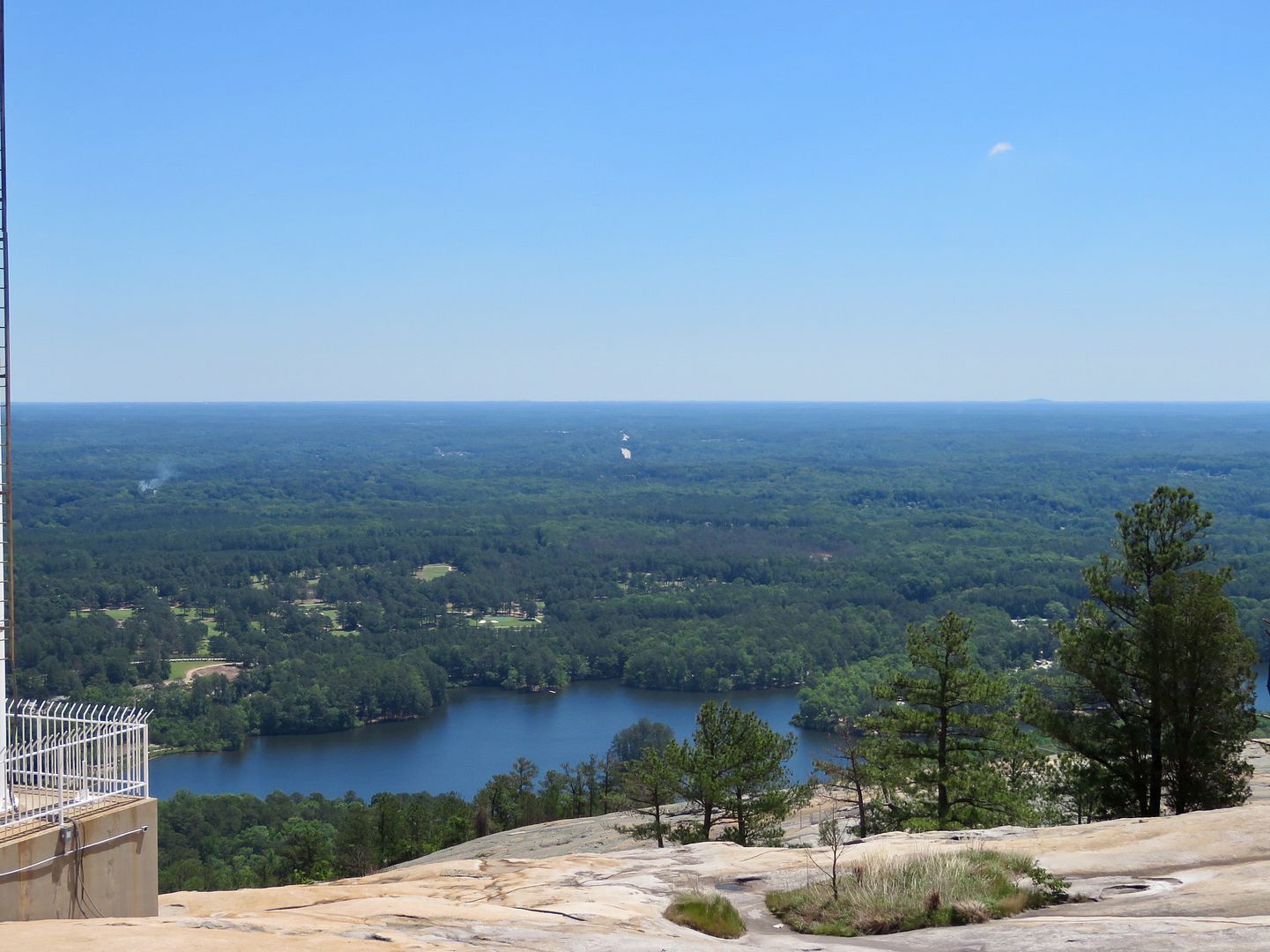


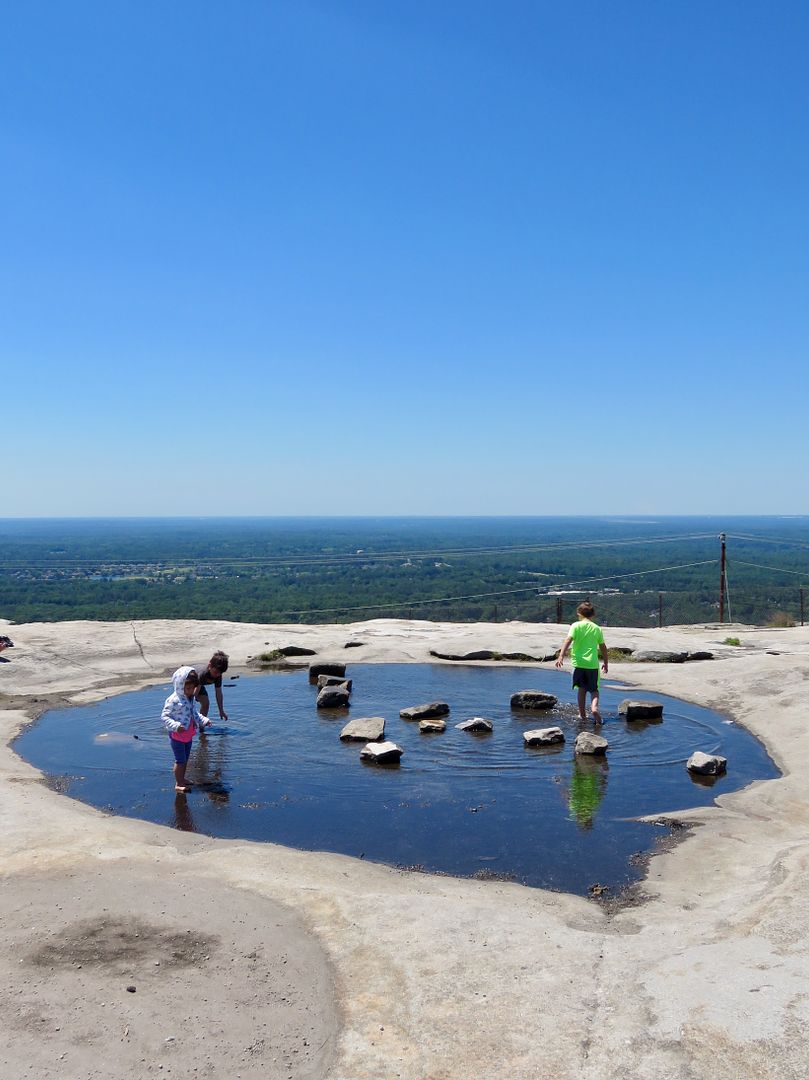

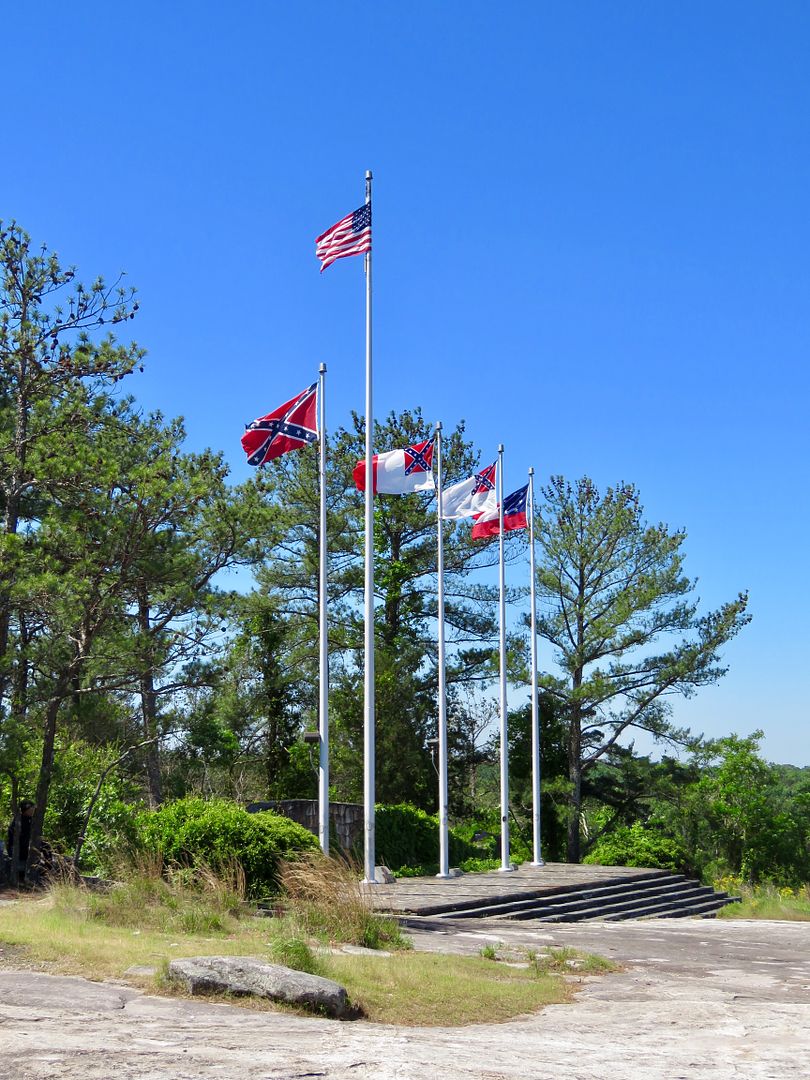


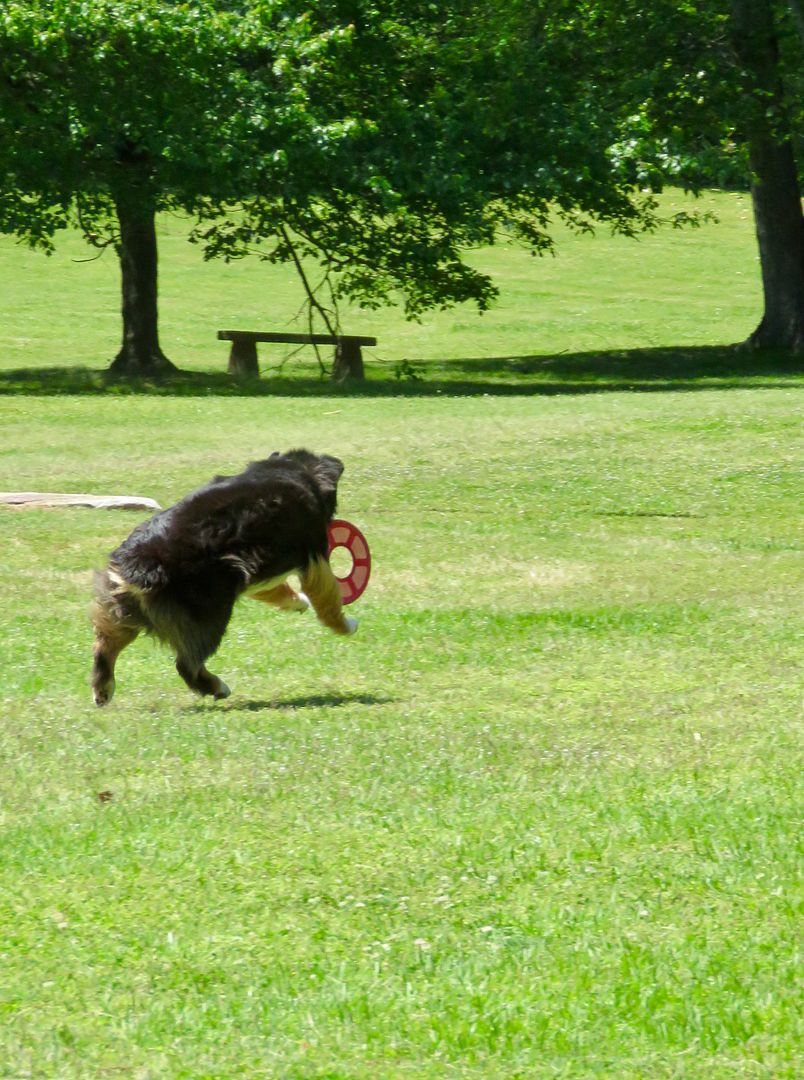


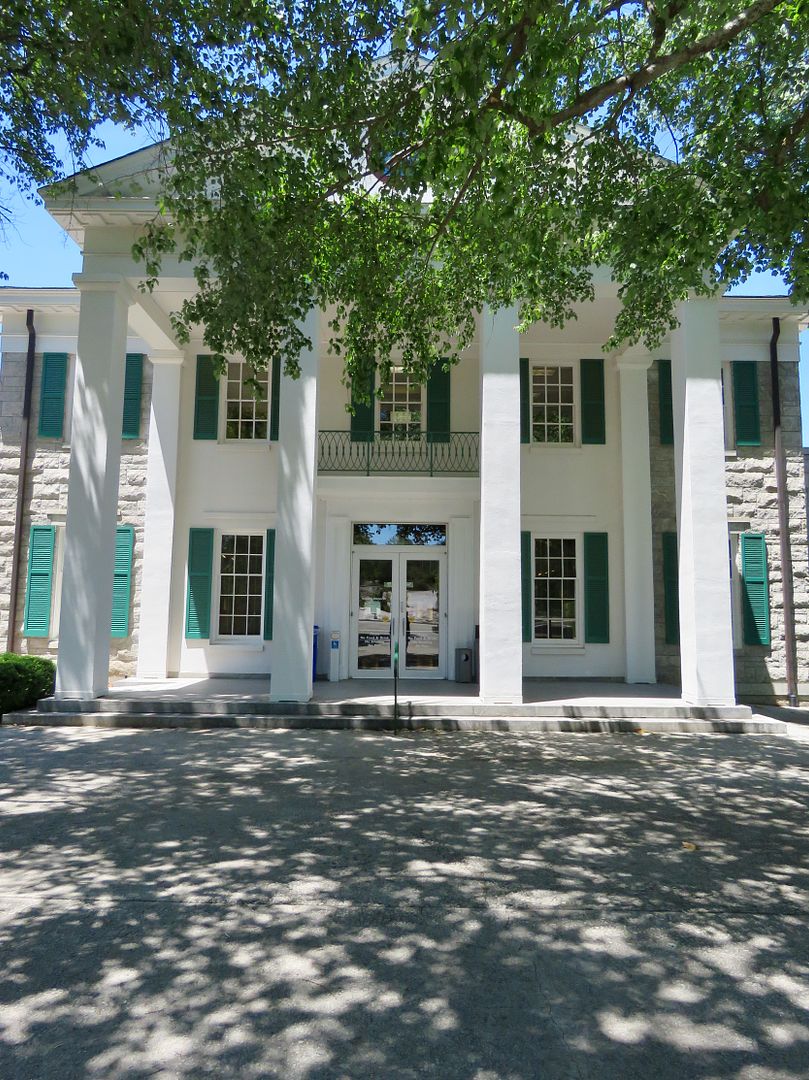
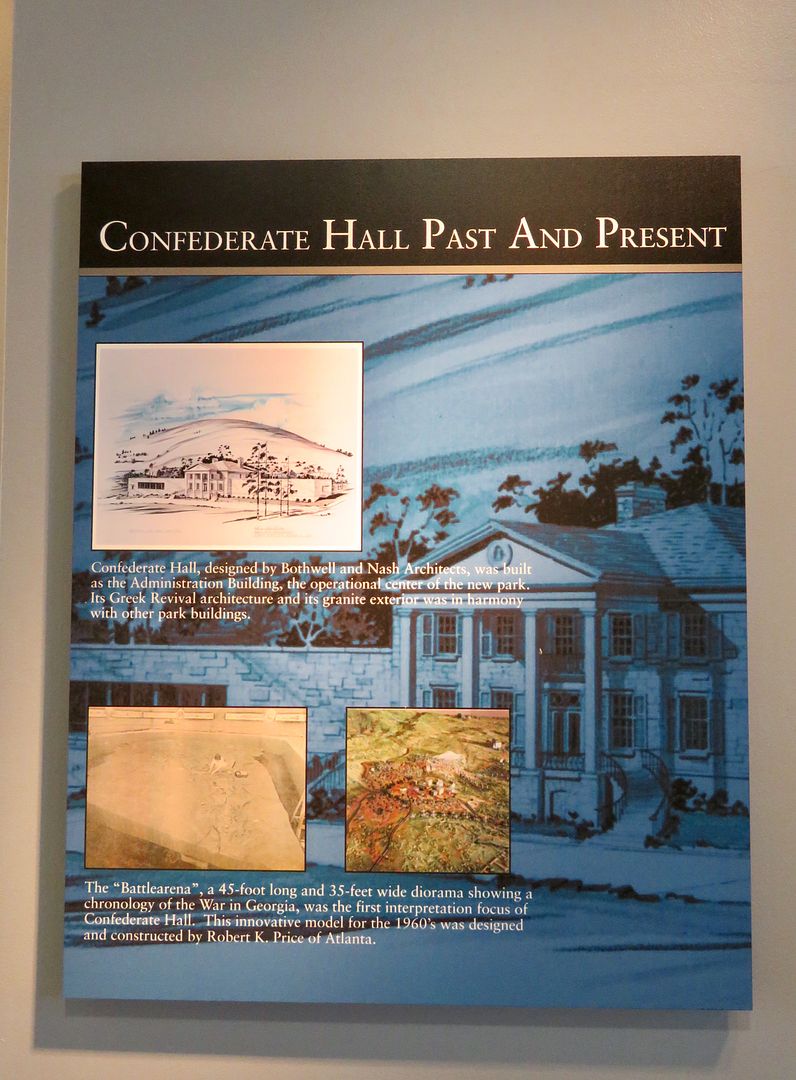

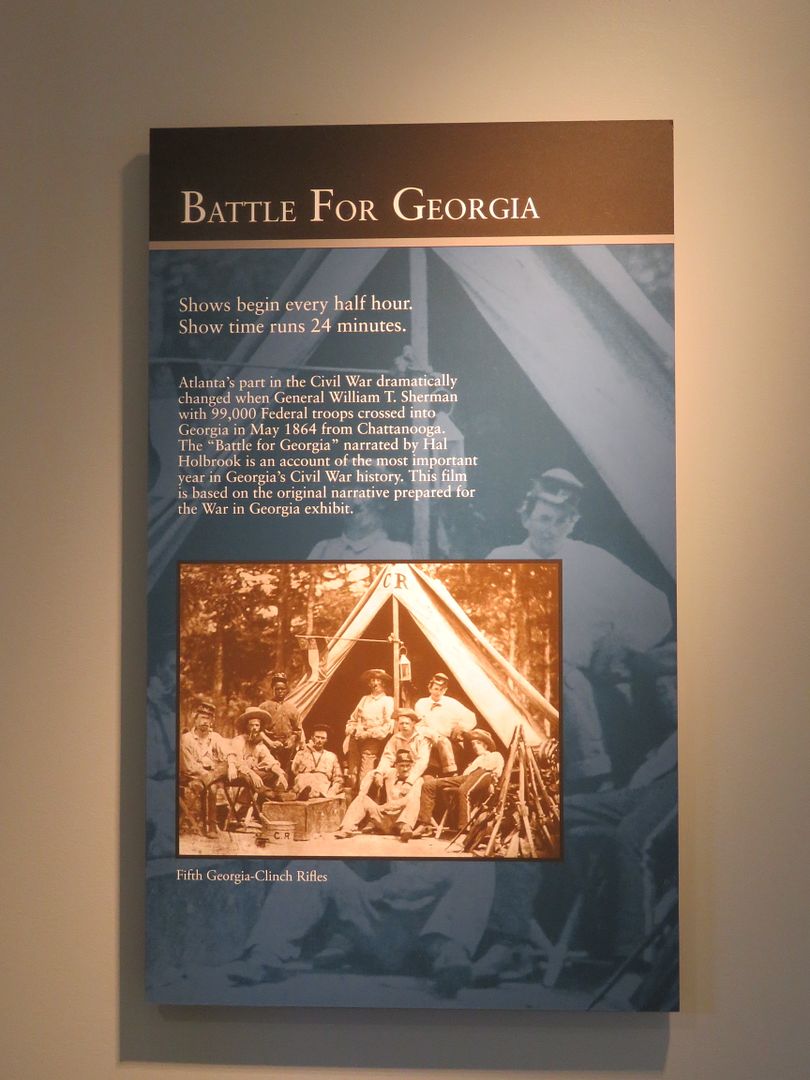

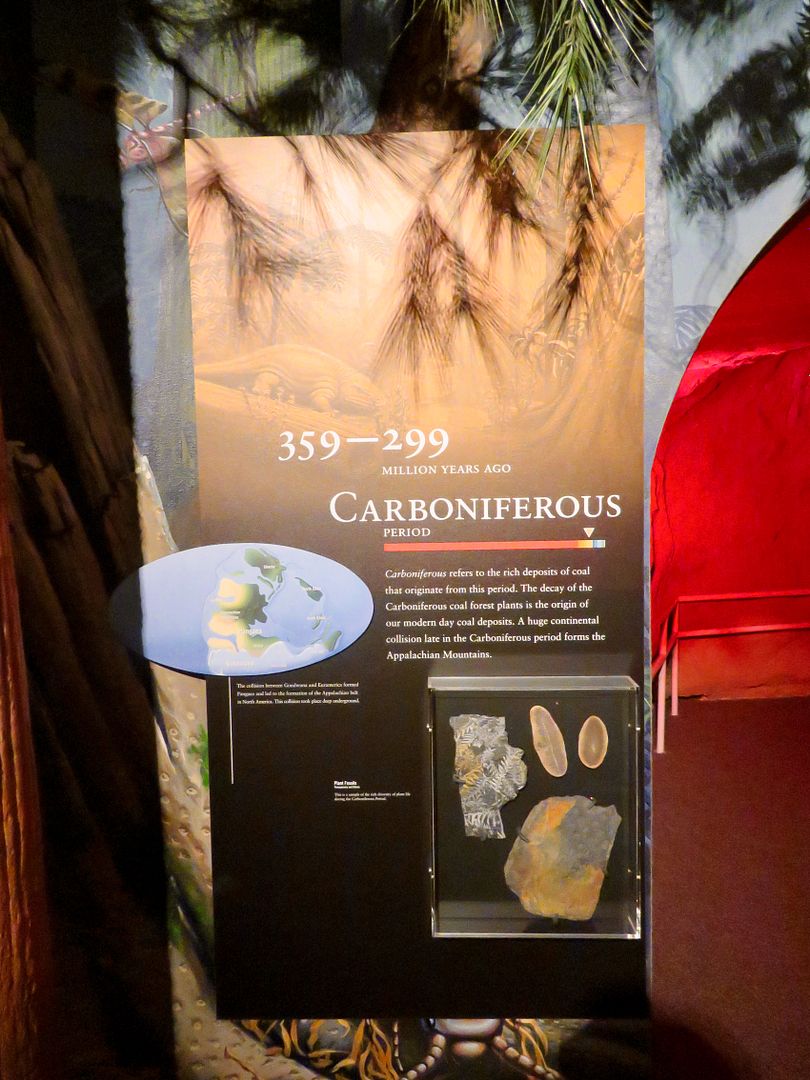

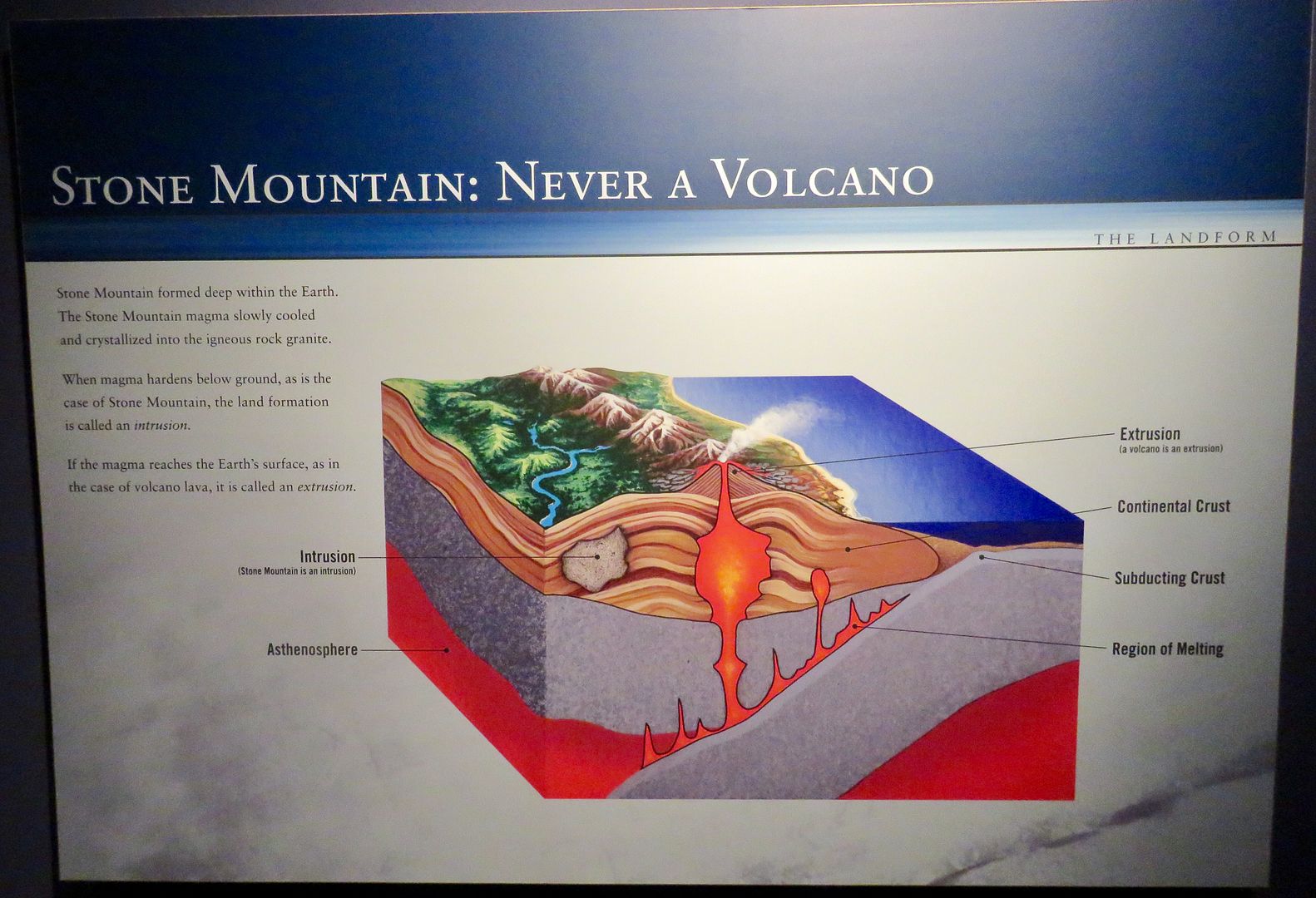
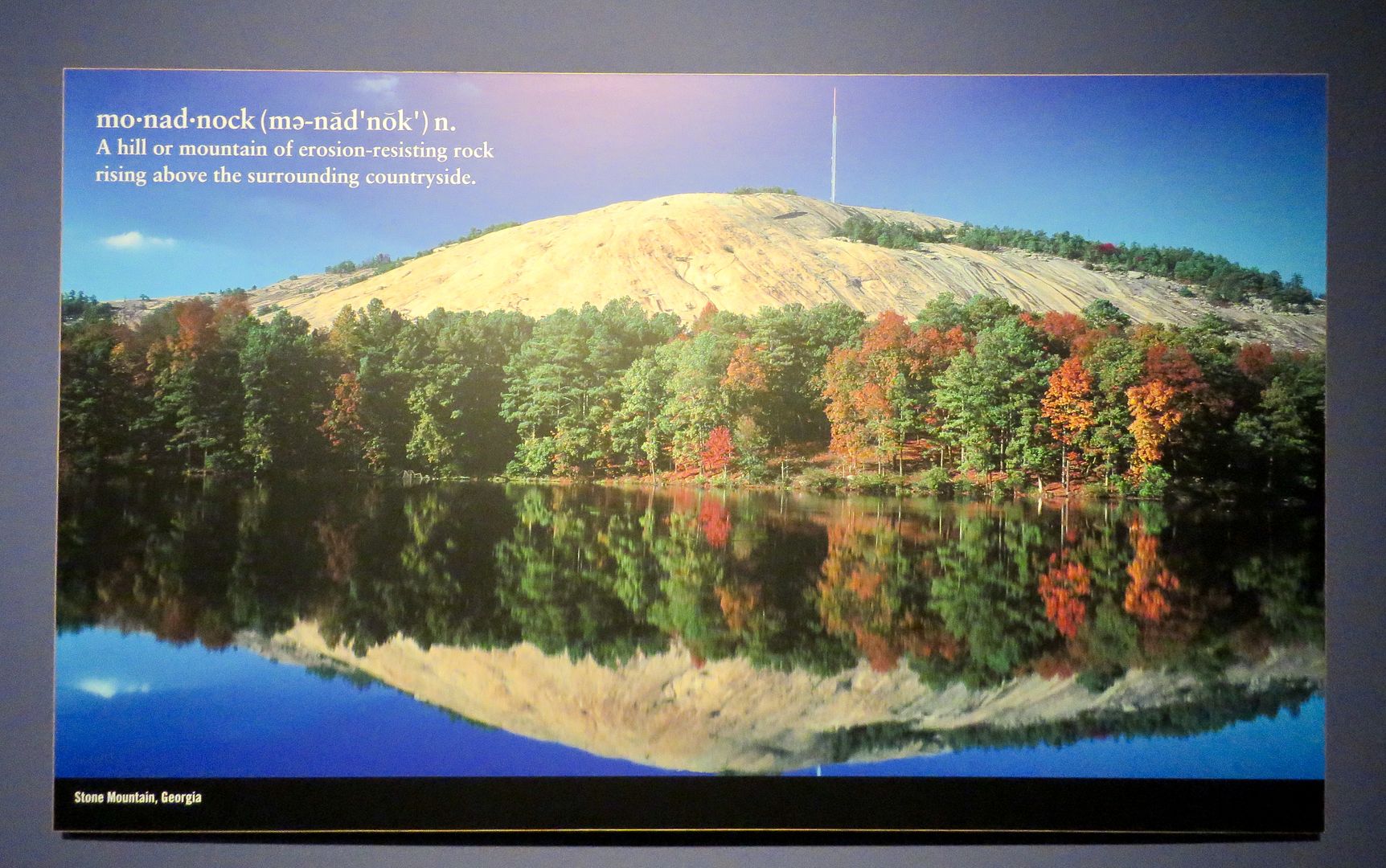
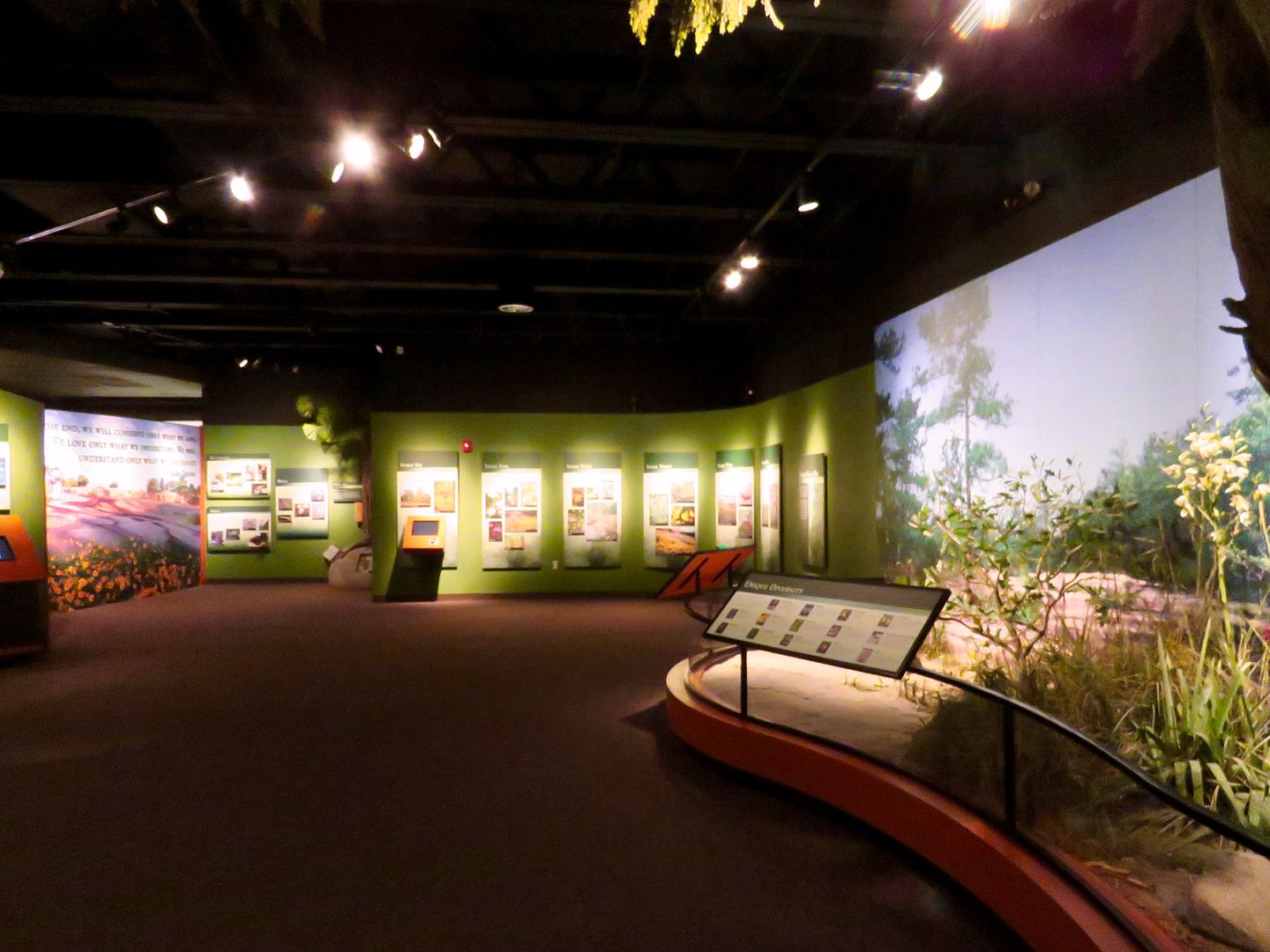

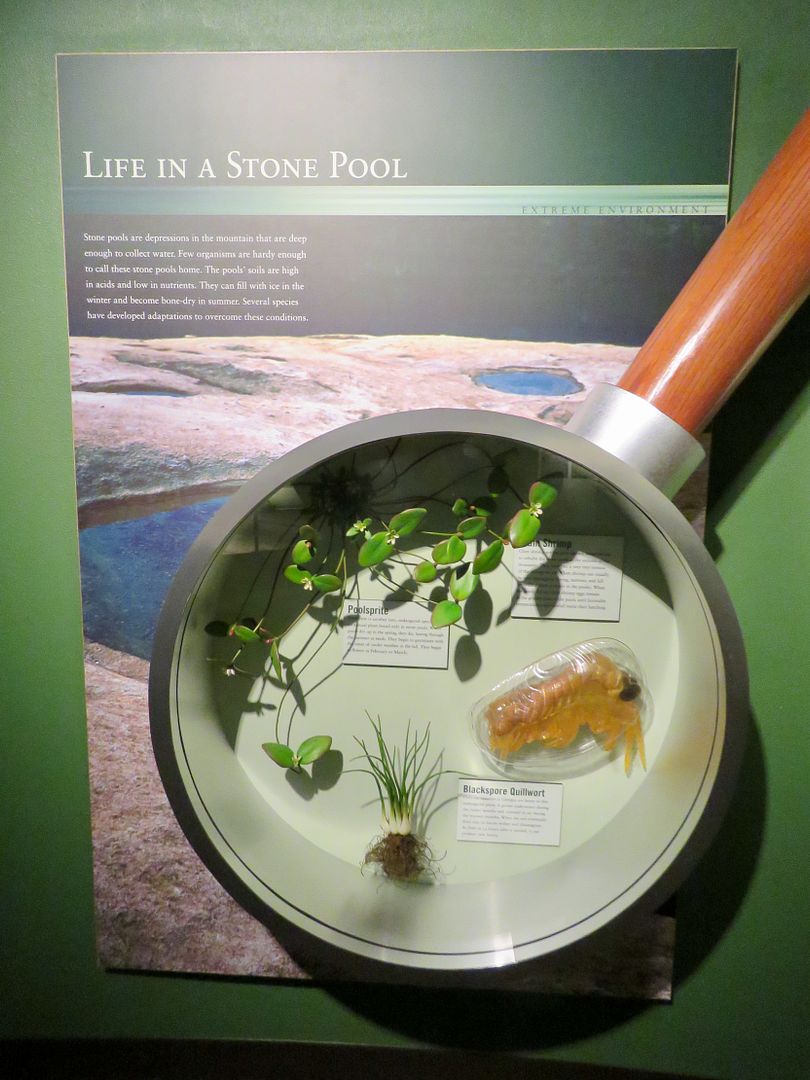
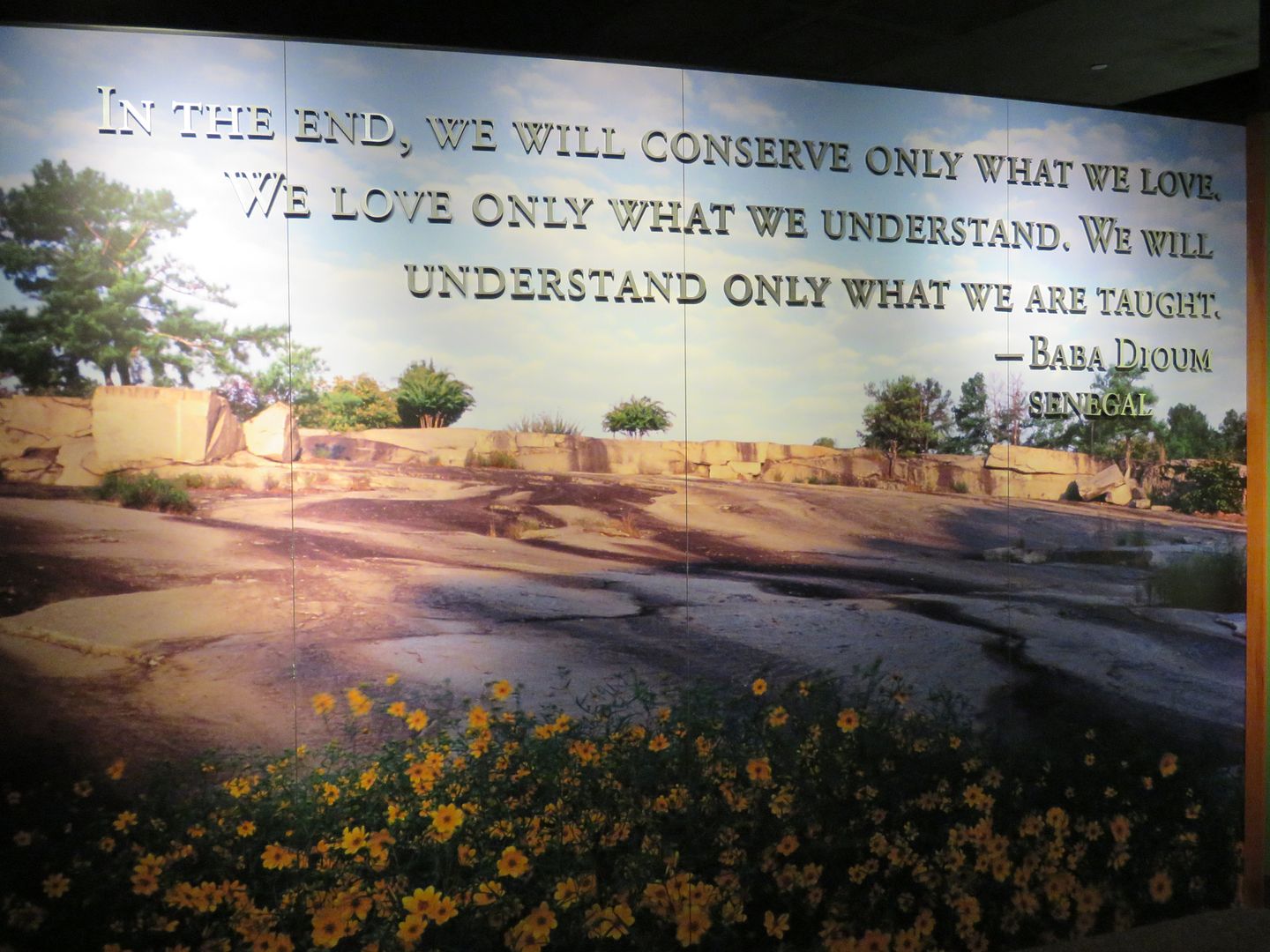
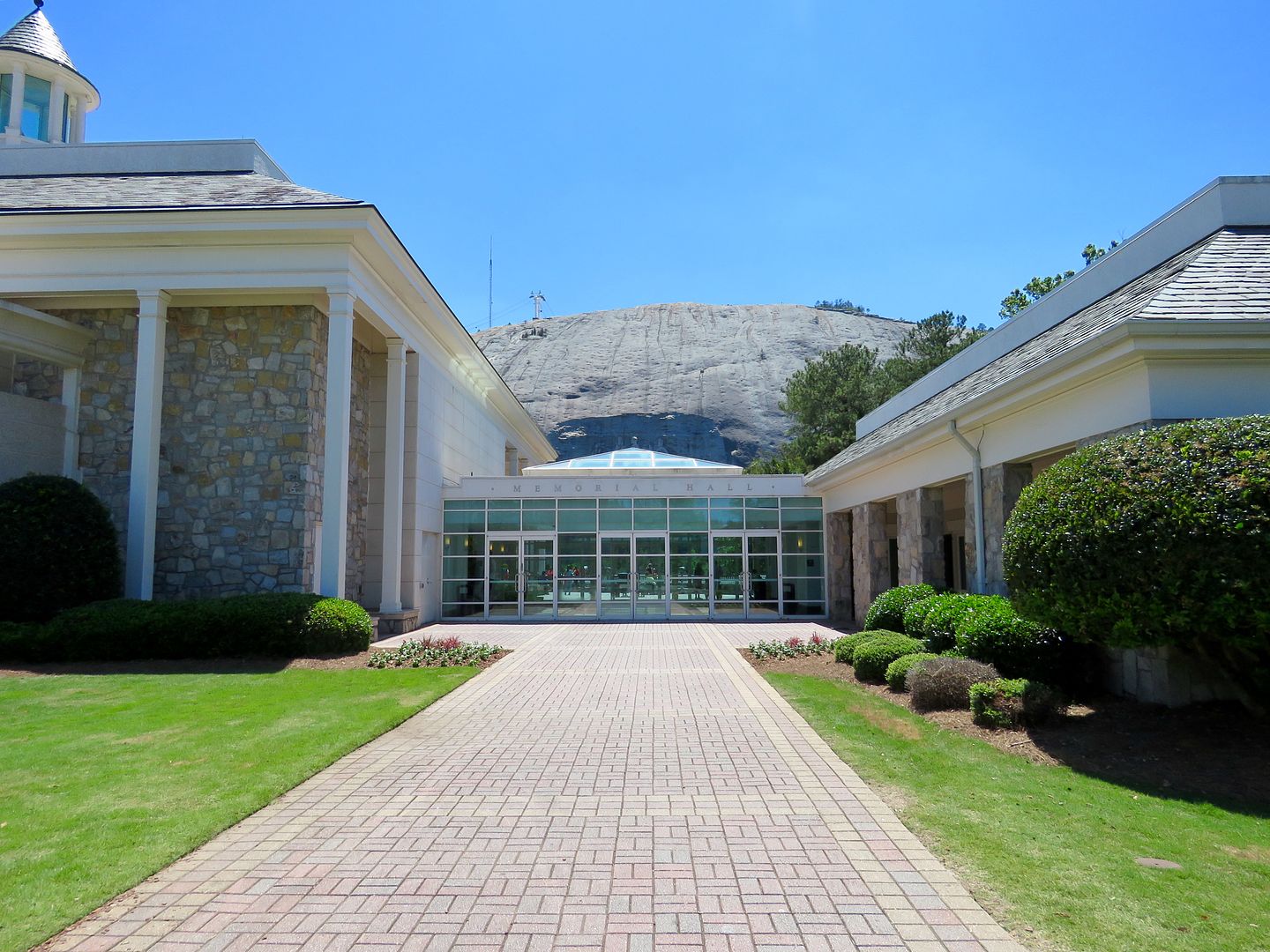
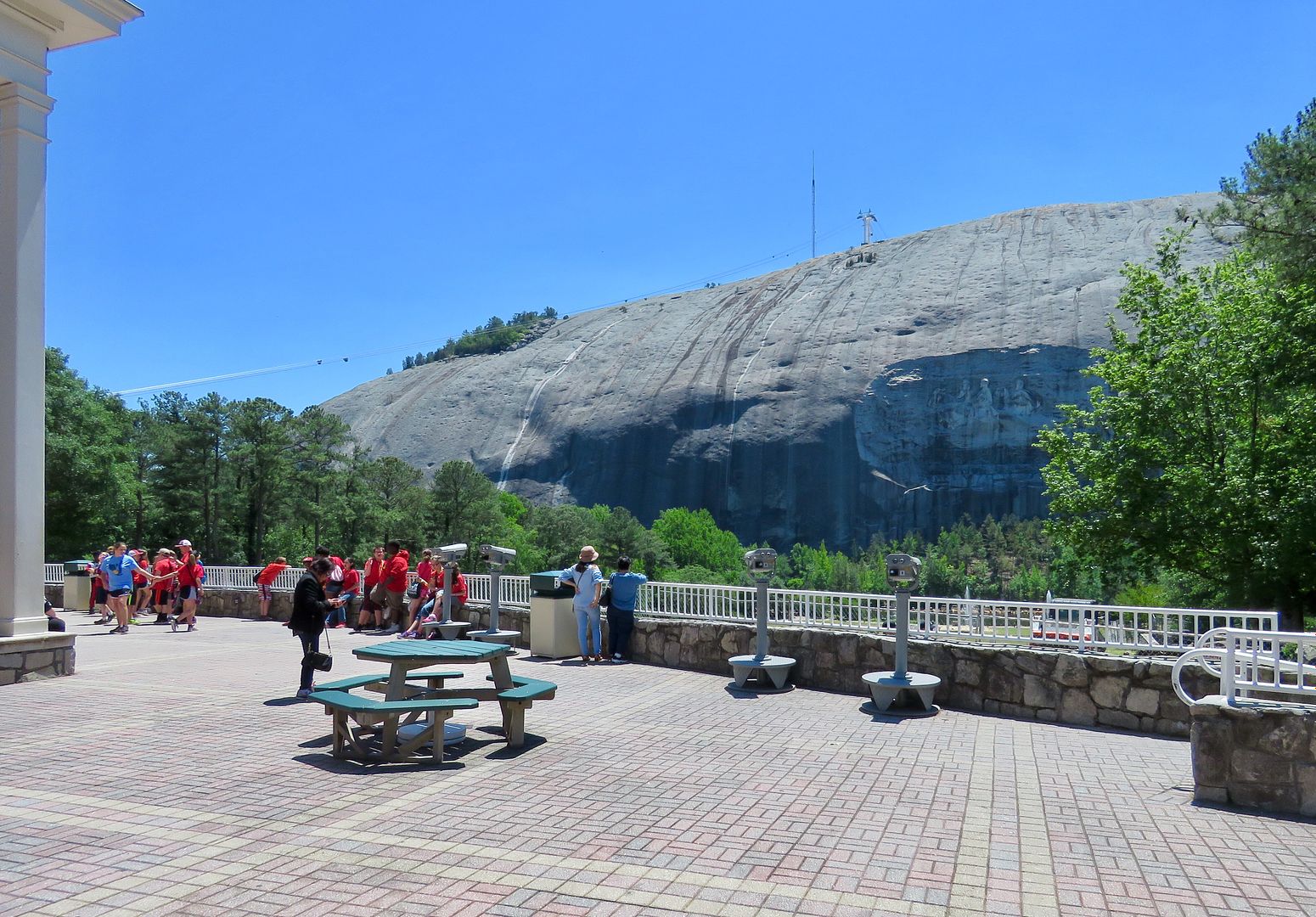
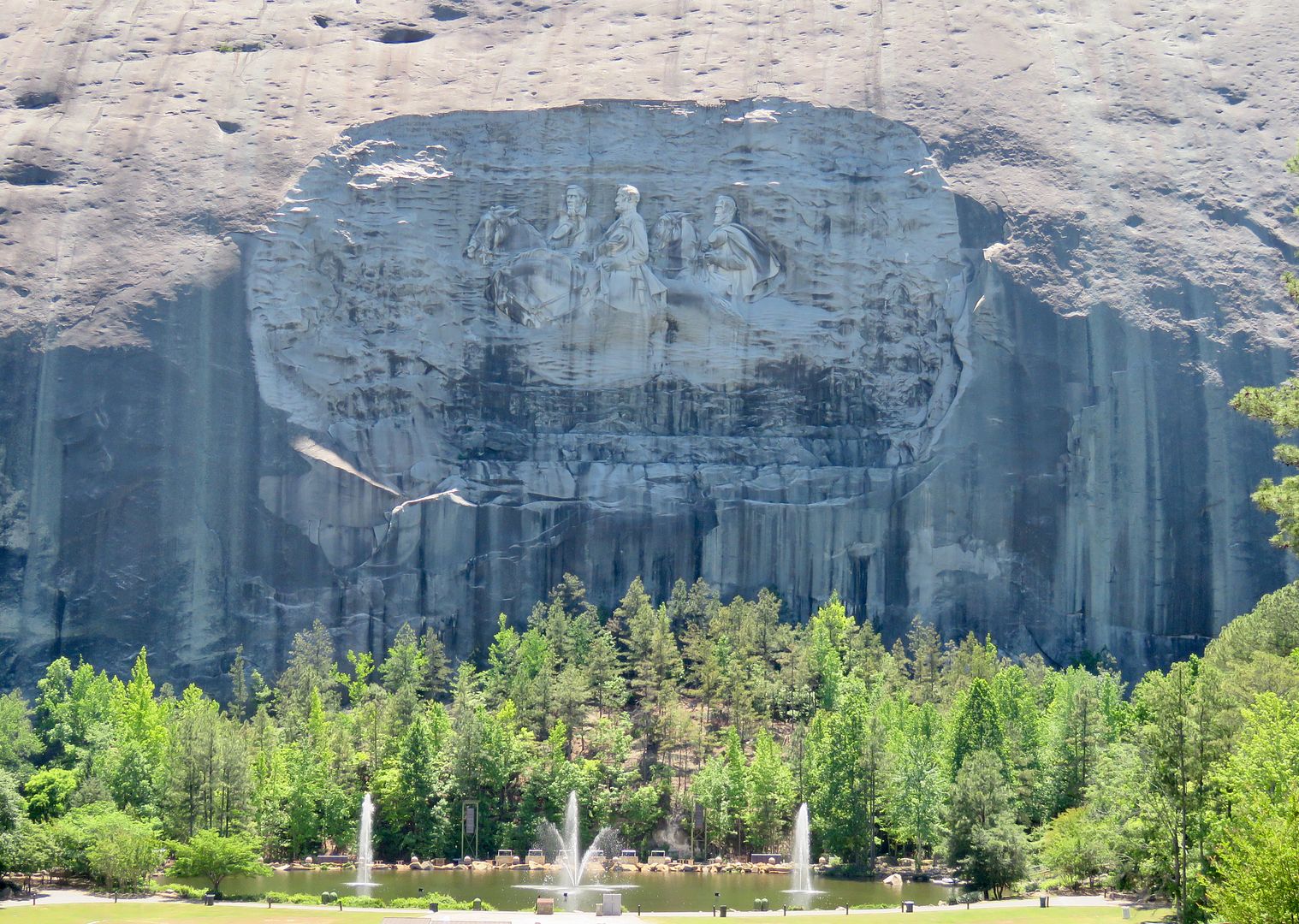
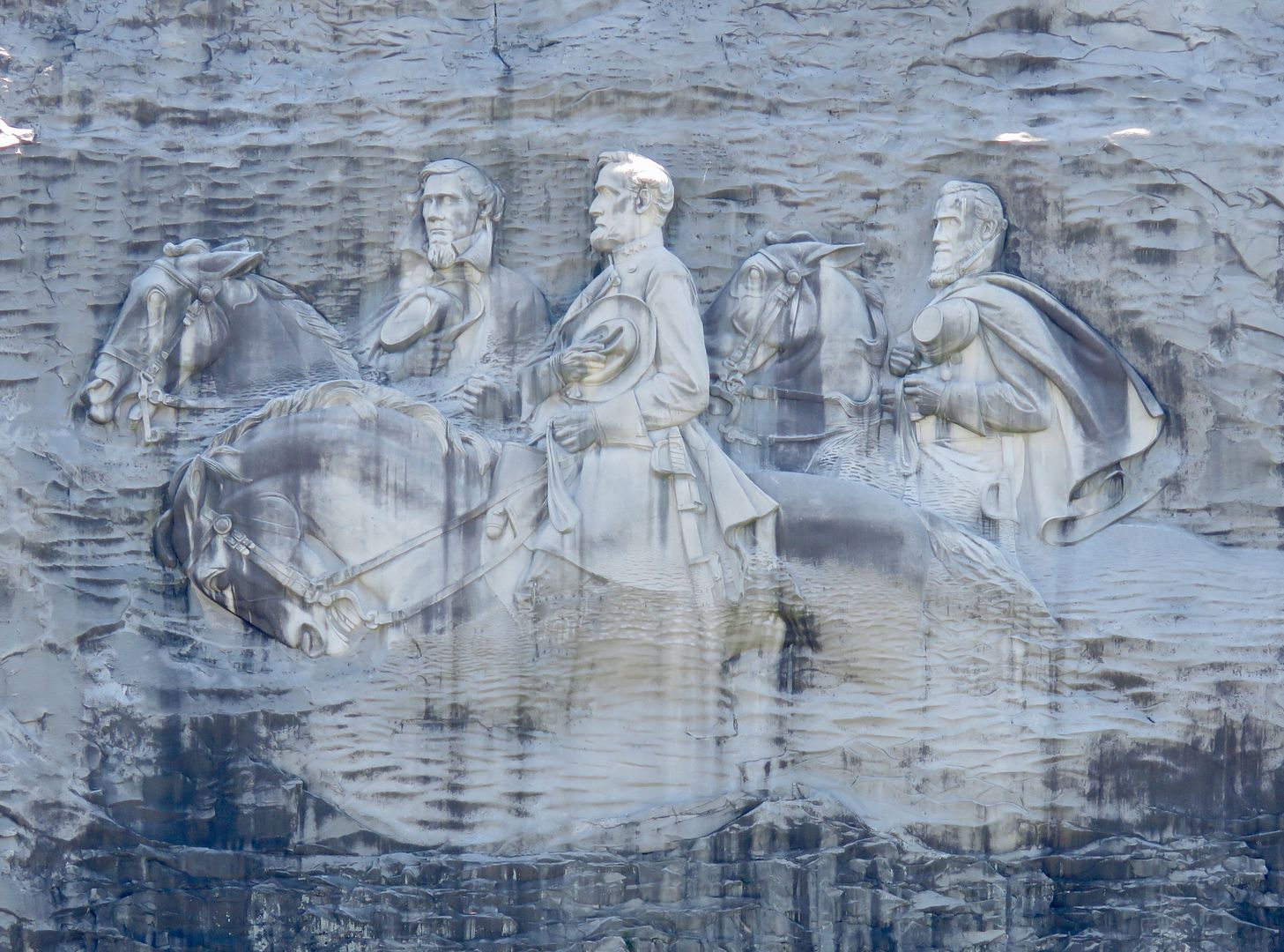
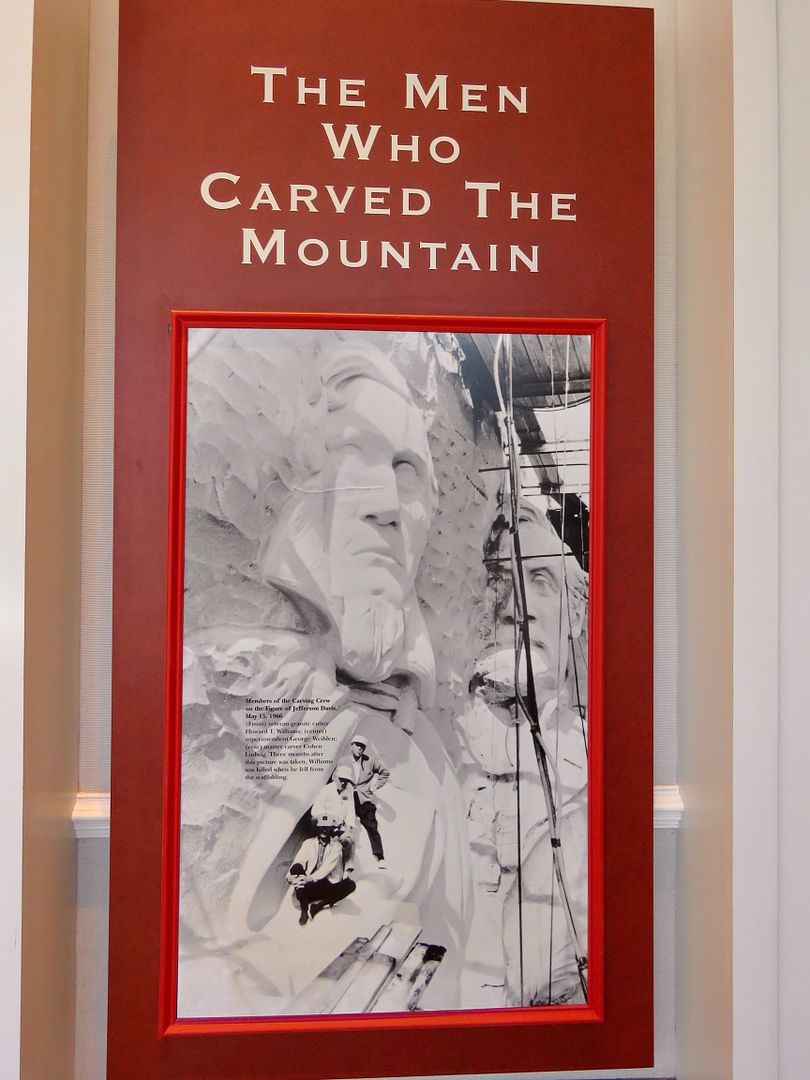


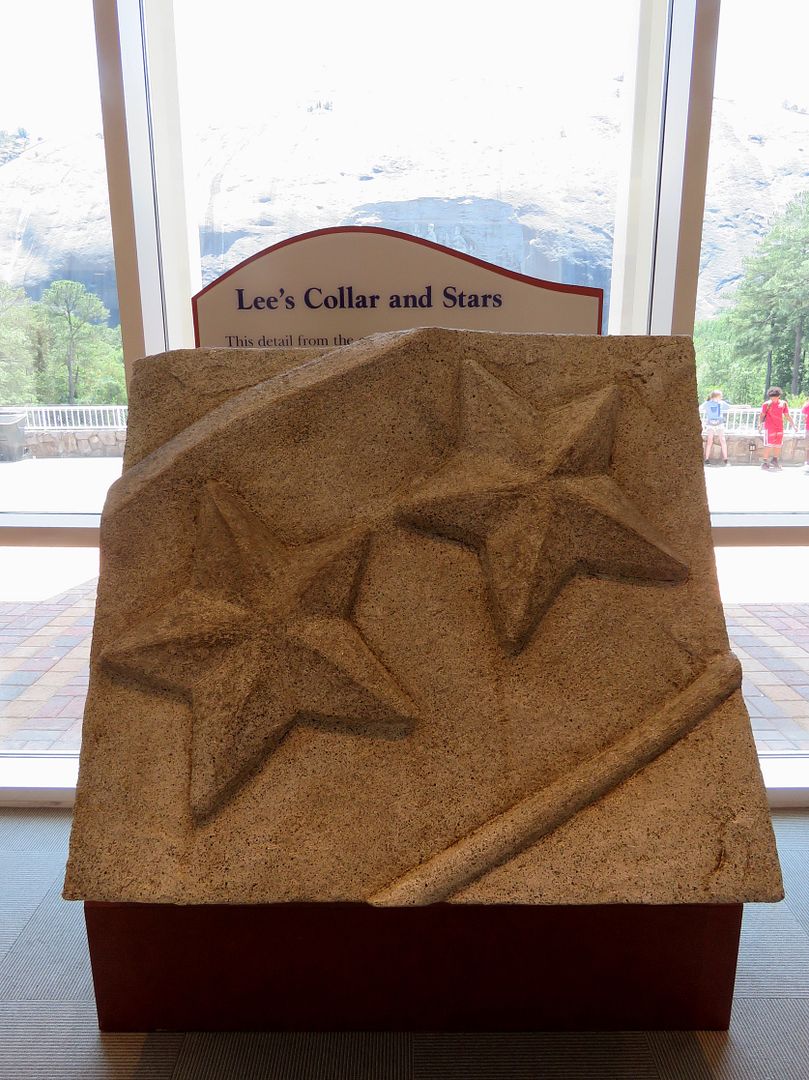


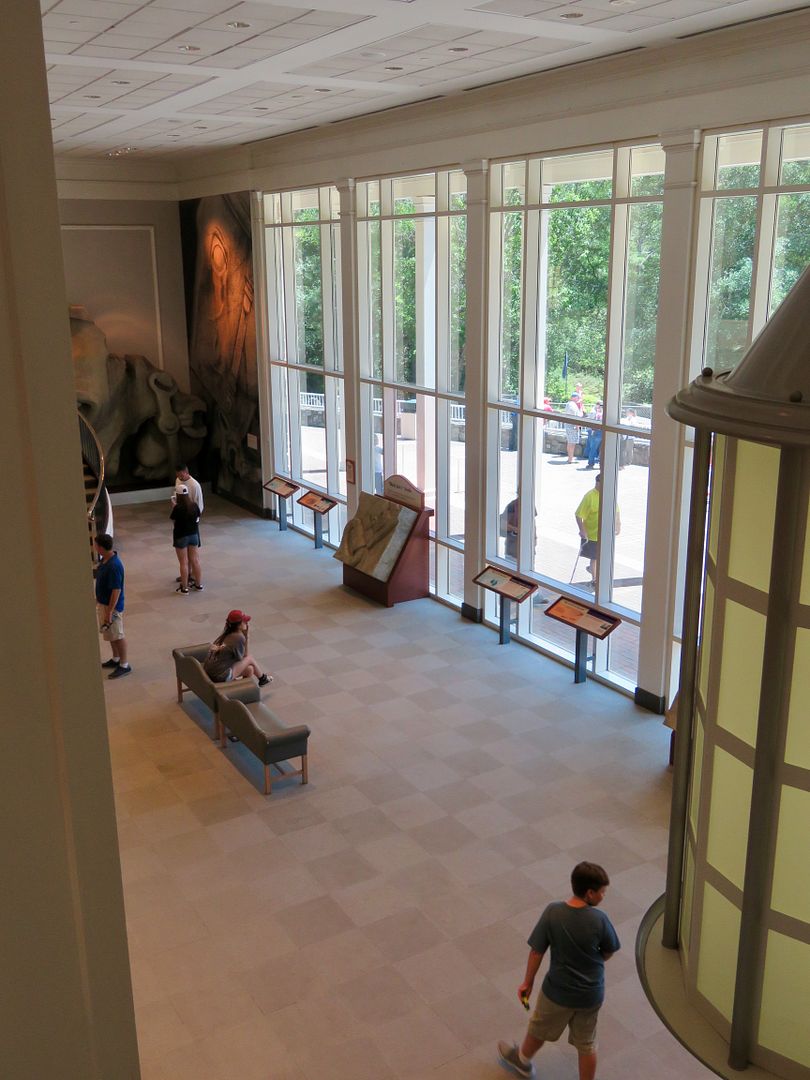

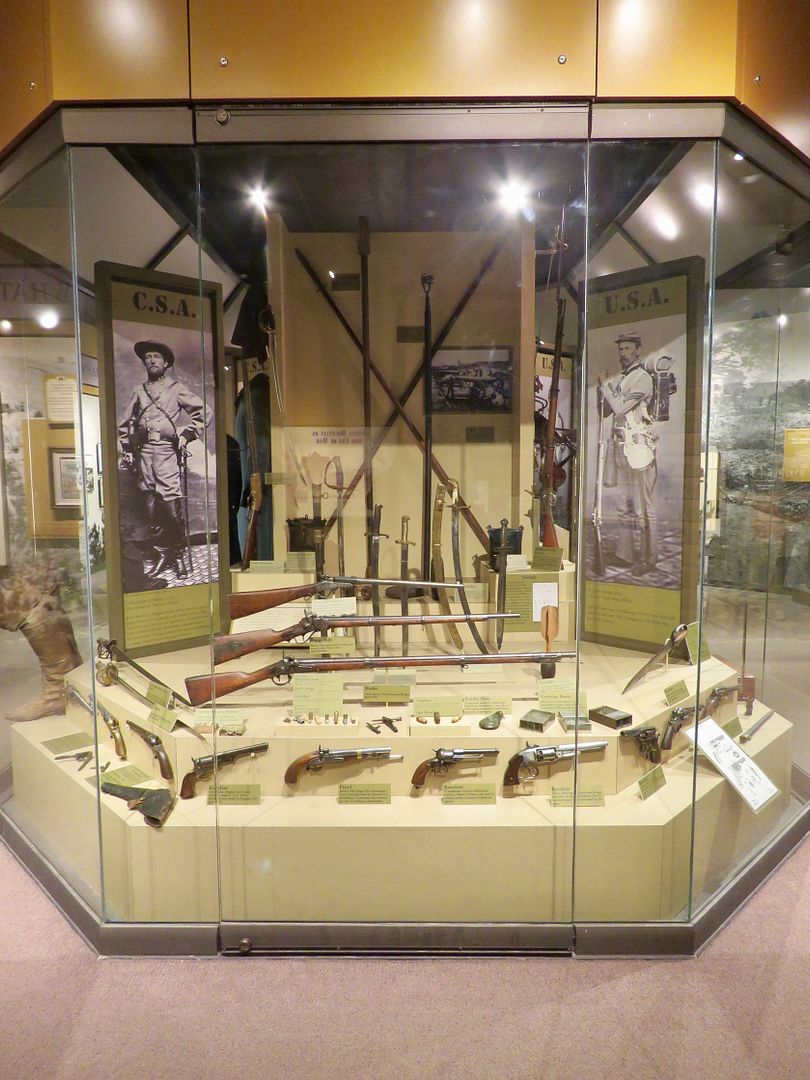
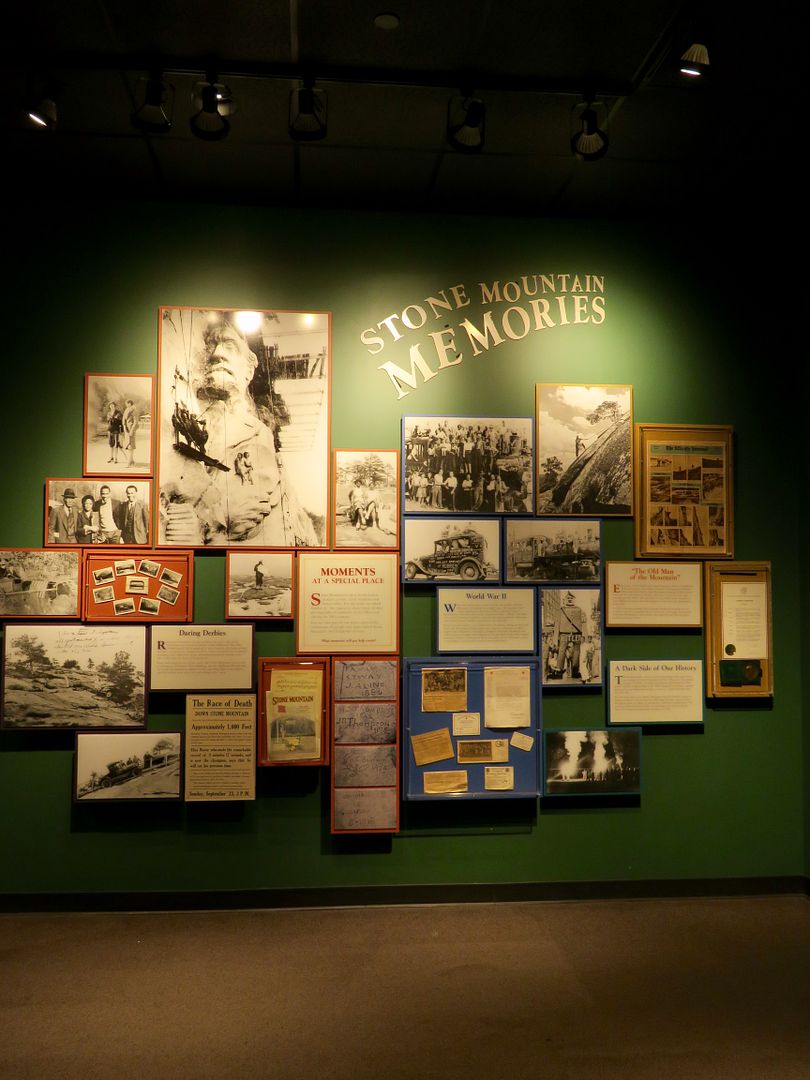
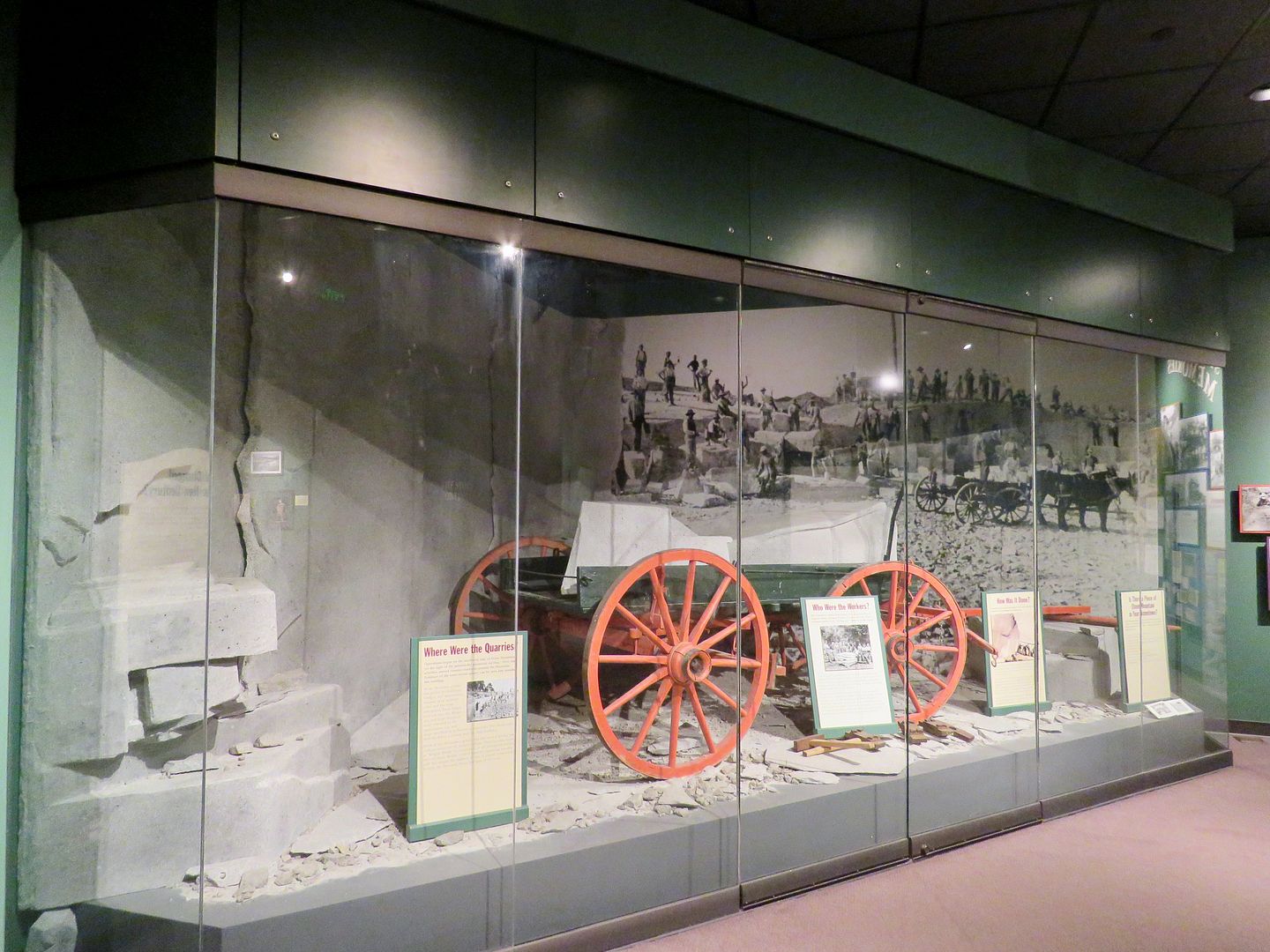
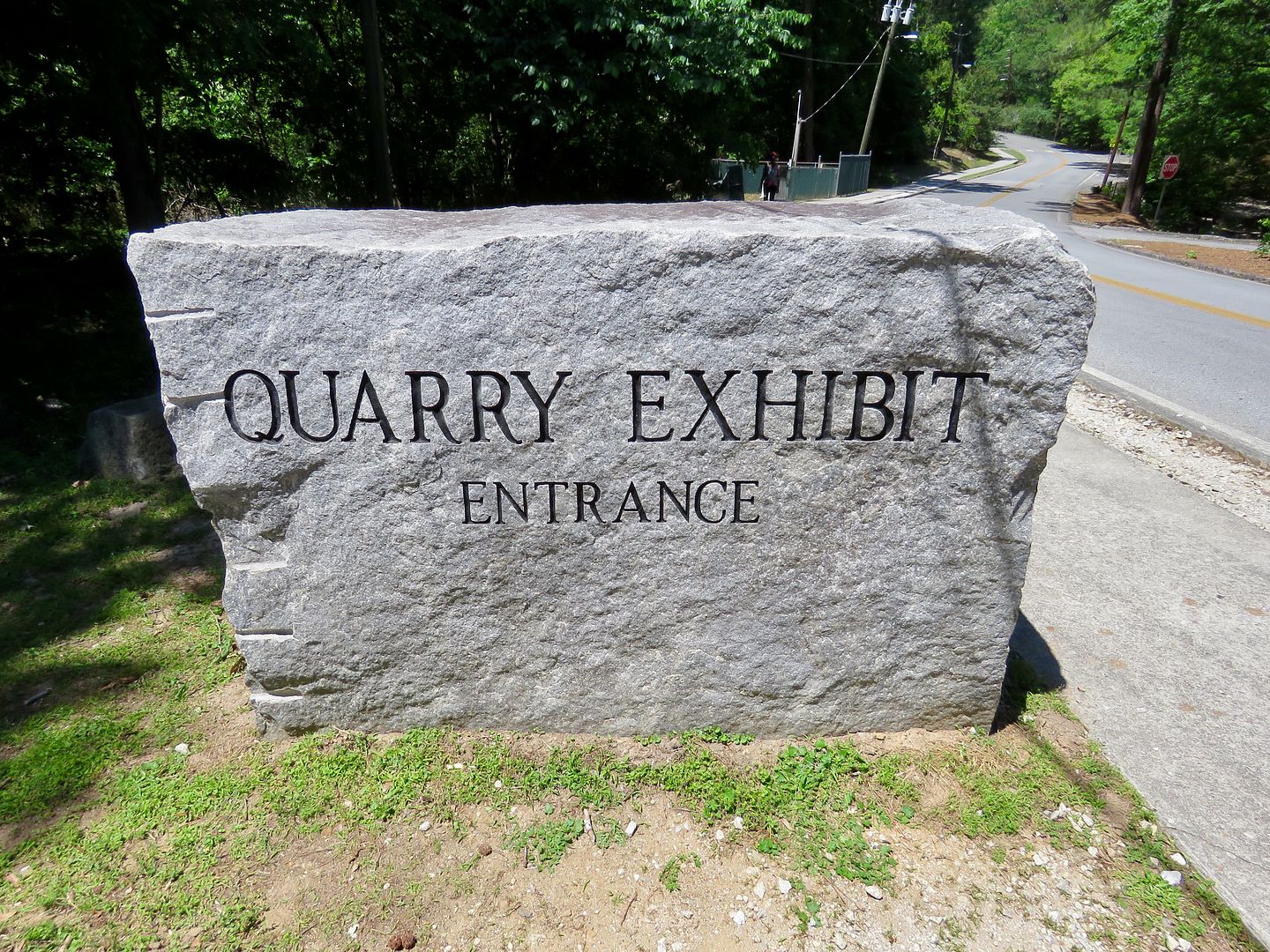
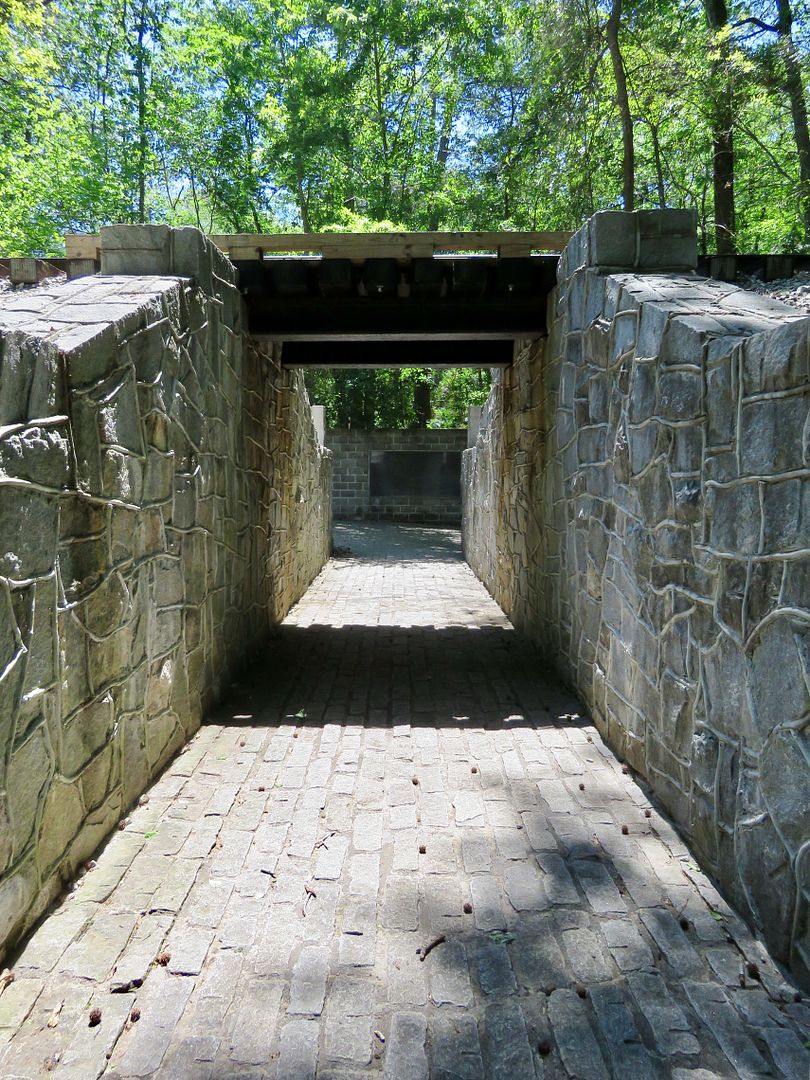
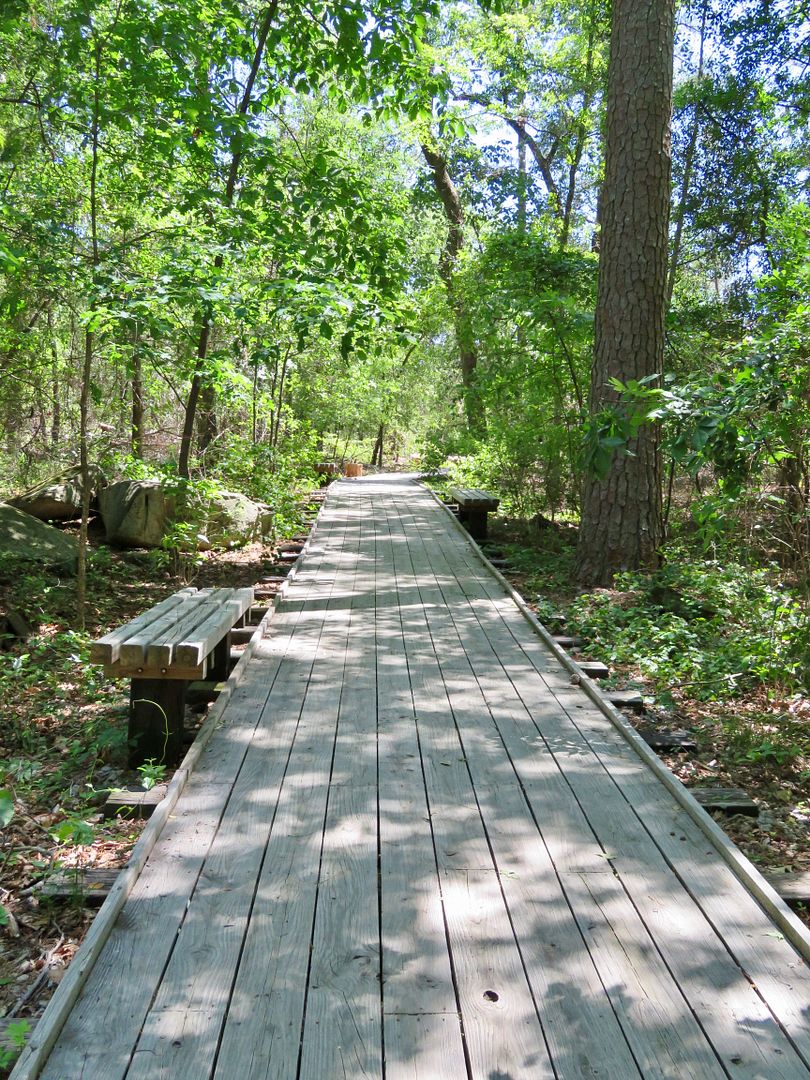



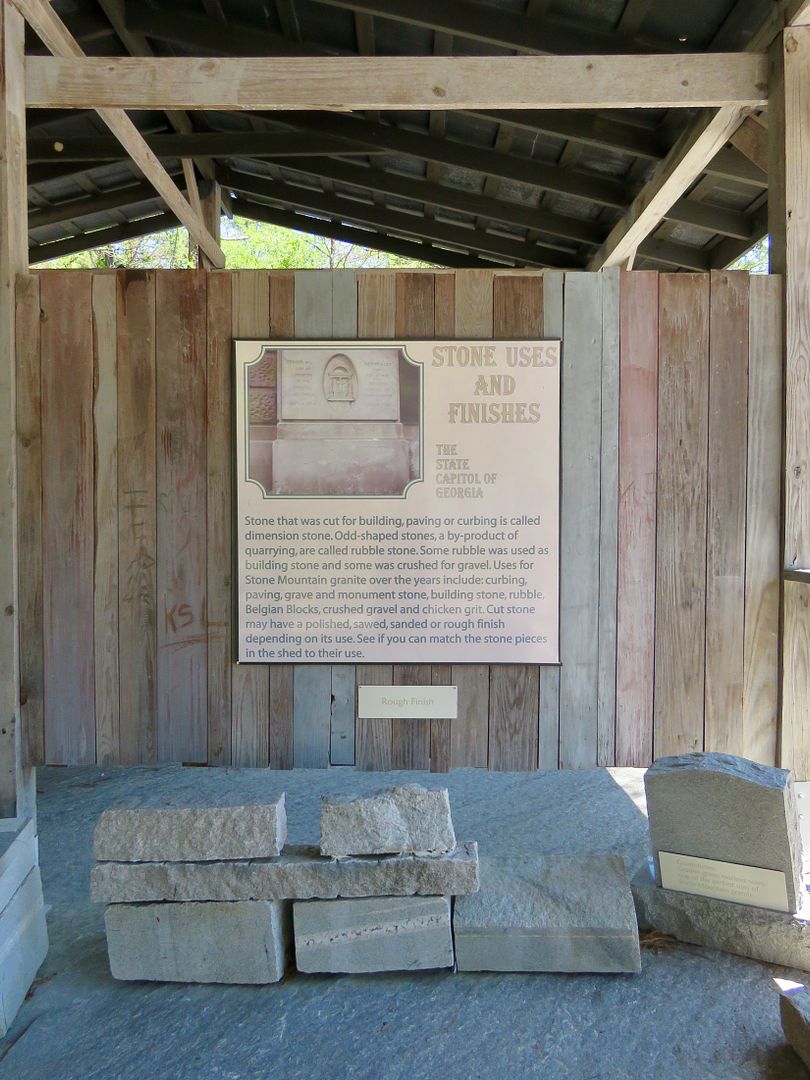

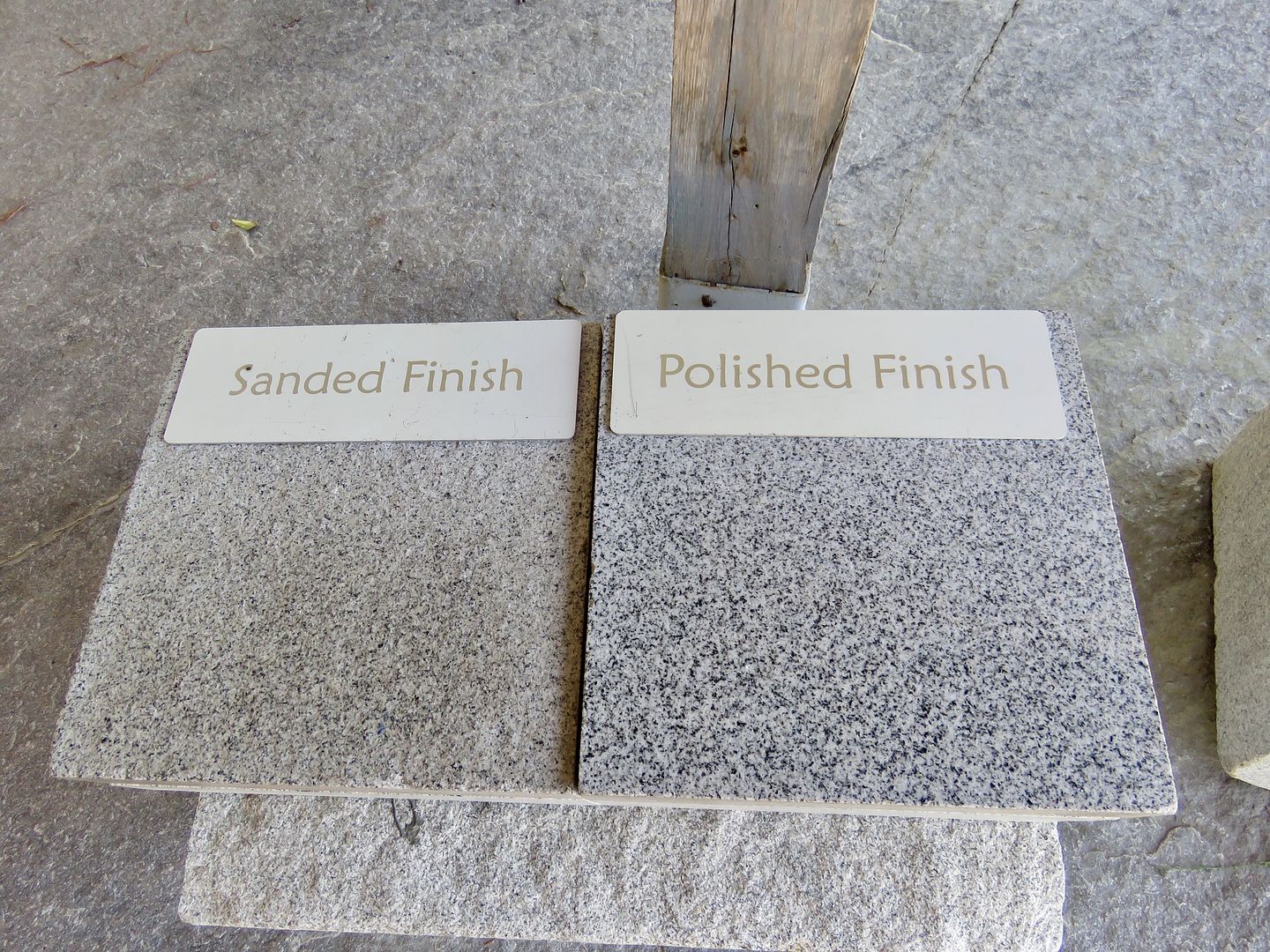
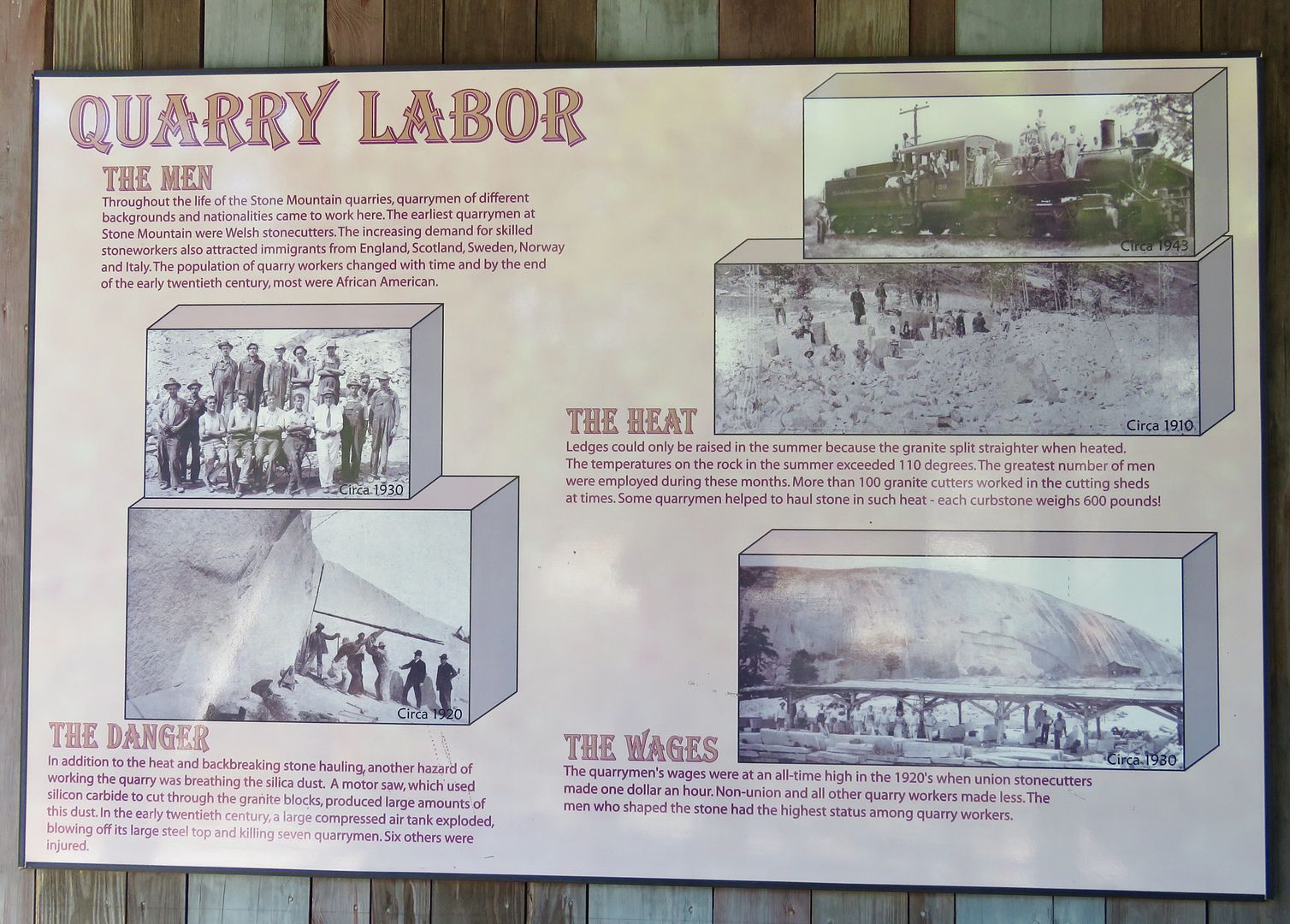
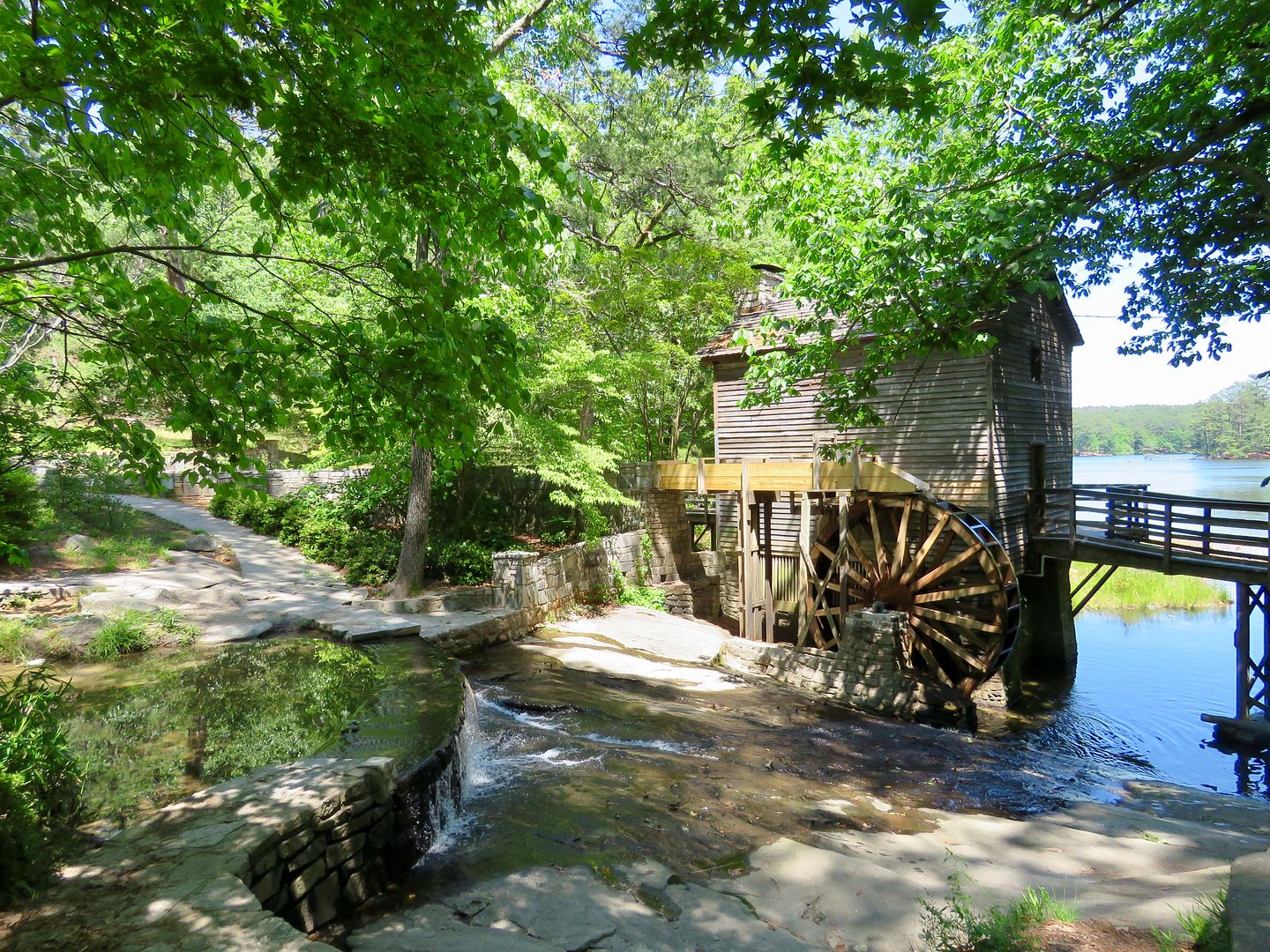
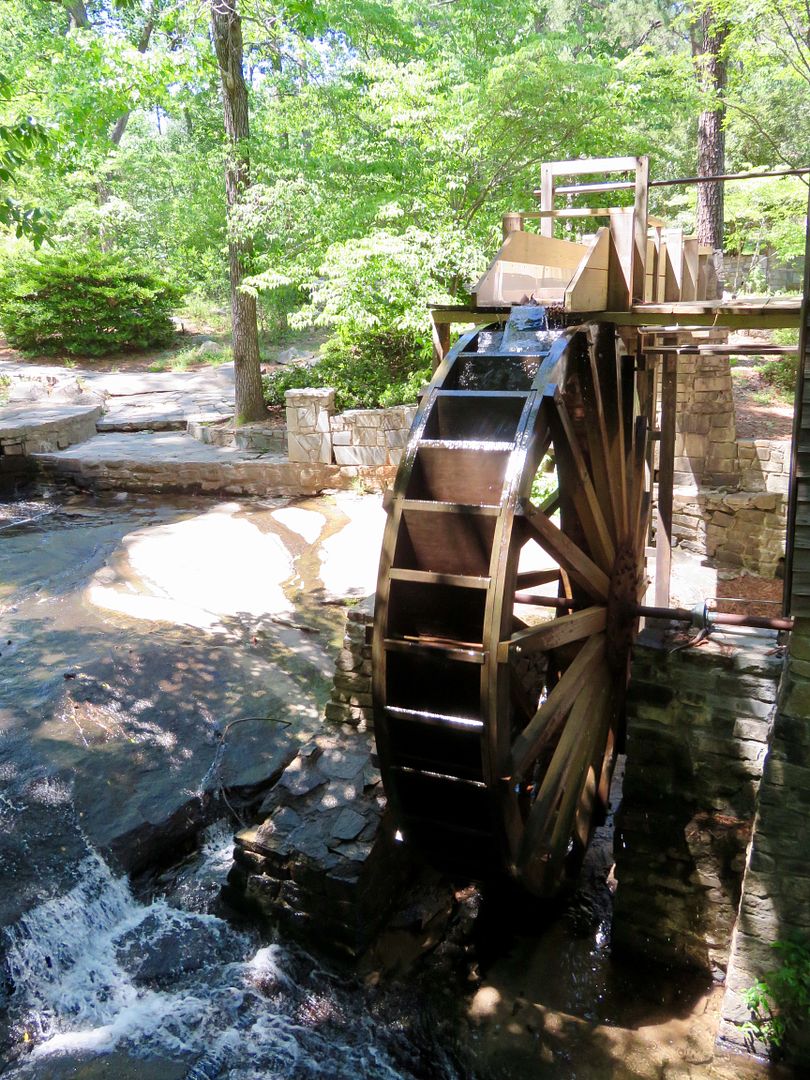
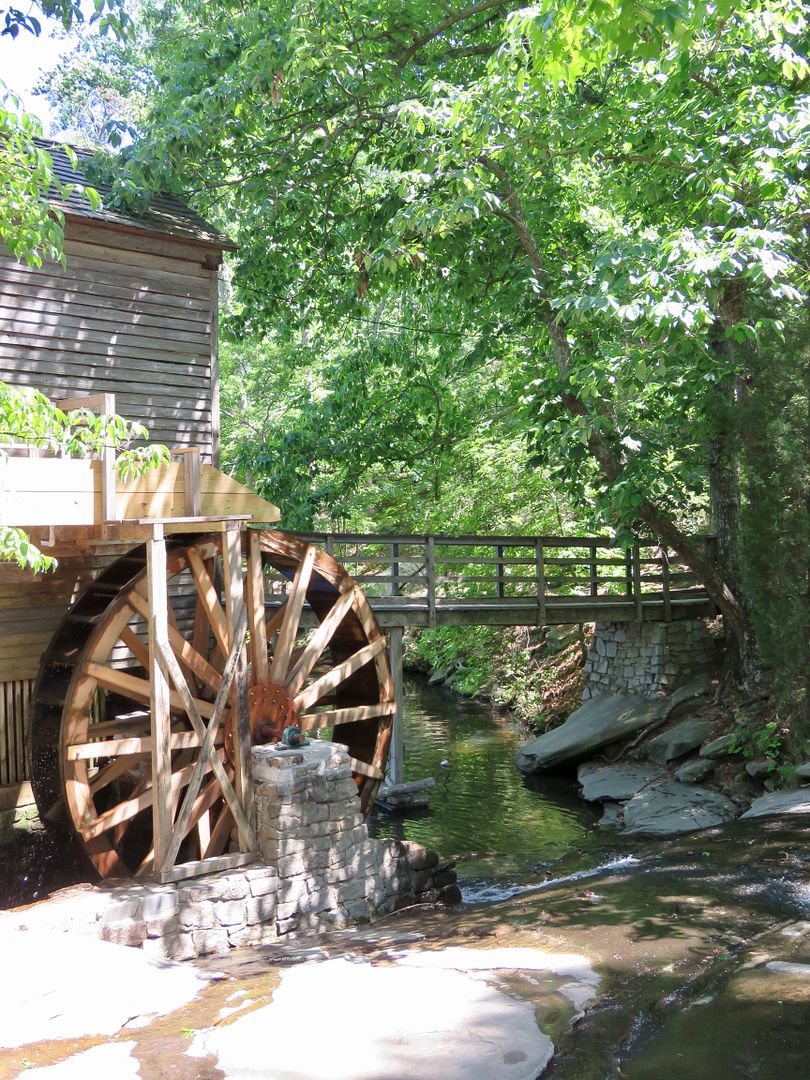

No comments:
Post a Comment